Introduction
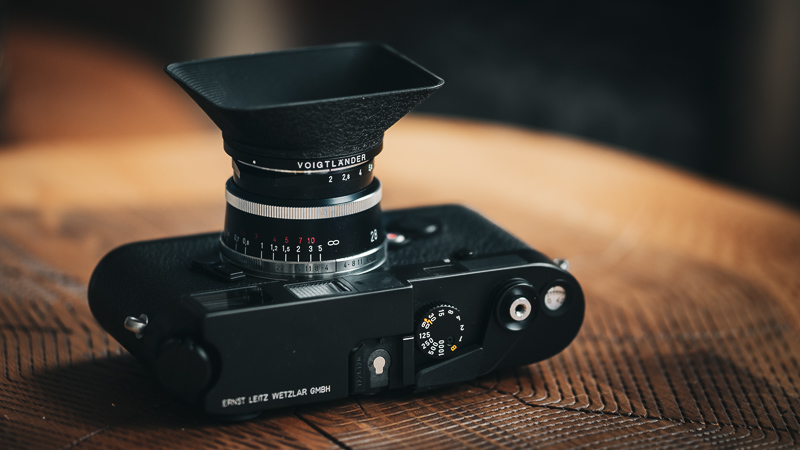
Even though most smartphone’s main camera features a 28mm equivalent lens, when it comes to fullframe lenses this focal length has been a bit neglected lately.
One of the few recent additions to the 28mm line up has been the updated Voigtländer VM 28mm 2.0 Ultron. The predecessor was the first lens I reviewed on this blog, so I am very curious about this updated version 6 years later.
This lens will be reviewed on the 42mp Sony A7rII and the 24mp Leica M10.
Update June 2023: Alternatives section updated
Sample Images


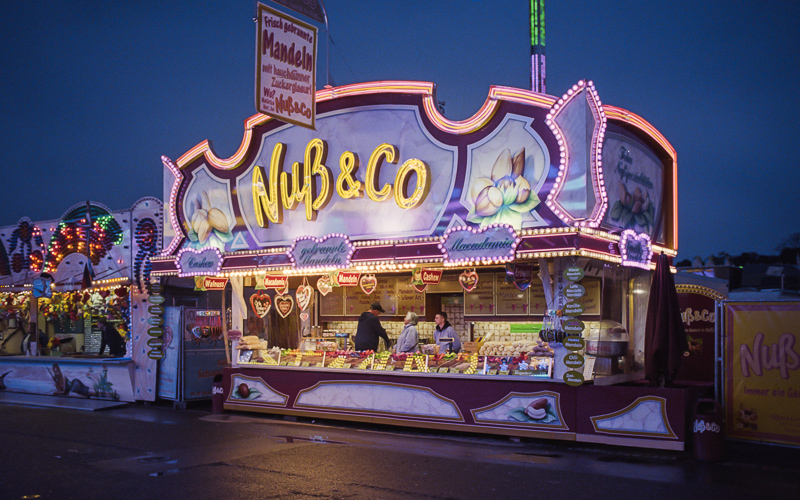



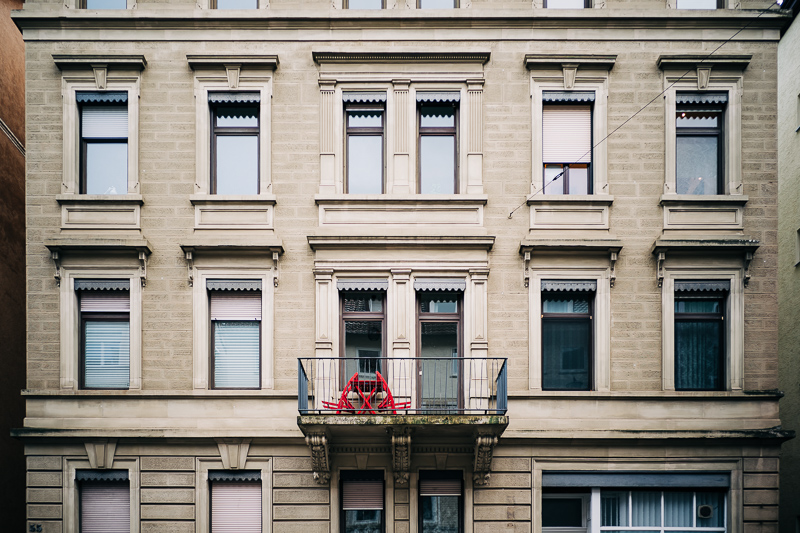

Most of the sample images in this review can be found in full resolution here.
Contents
Specifications/Version History
There have already been 3 versions of the Voigtländer 28mm 2.0 M-mount lens, 4 if we add the earlier 28mm 1.9 M39 lens:
- Voigtlander 28mm 1.9 Ultron
261g (black and silver), 9/7 design, 46 mm filter thread, MFD 0.7 m, M39 - Voigtlander VM 28mm 2.0 Ultron
238g (black), 10/8 design, 46 mm filter thread, MFD 0.7 m, M-mount - Voigtlander VM 28mm 2.0 Ultron Type I
188g (black), 10/7 design, 39 mm filter thread, MFD 0.5 m, M-mount - Voigtlander VM 28mm 2.0 Ultron Type II
230g (black/silver), 10/7 design, 39 mm filter thread, MFD 0.5 m, M-mount
Type I and Type II apparently share the same optics, only the casing design is different. The Type II versions feature a bigger focus tab whereas Type I only features a tiny focus lever. So pick your favorite based on looks and feel.
I am reviewing the Type I here which has the following specifications:
-
- Diameter: 52 mm
- Field of view: 74.5° (diagonally)
- Length: 36 mm
- Weight: 188g (without hood and caps)
- Filter Diameter: 39 mm
- Number of Aperture Blades: 10 (straight)
- Elements/Groups: 10/7

- Close Focusing Distance: 0.5 m
- Maximum Magnification: 1:15 (measured)
- Mount: Leica-M
The lens is available from Robert White (UK) | Cameraquest (US) | B&H | ebay.com | ebay.de (affiliate links) and the price is $899/849€/£699.
Handling / Build Quality
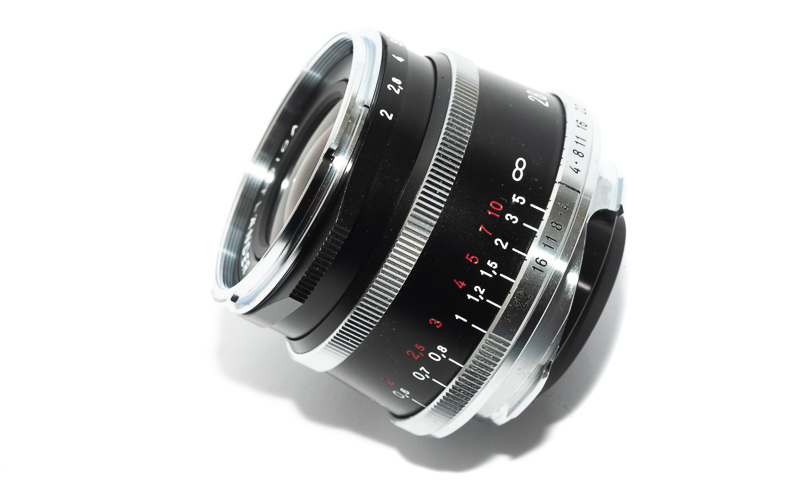
As noted before Cosina doesn’t follow a clear line when it comes to the casing design of their M-mount lenses, but this one comes in 3 different versions, so there is a higher likelihood to find something you like. I bought the Type I which has the same exact styling as my Voigtländer VM 21mm 3.5:
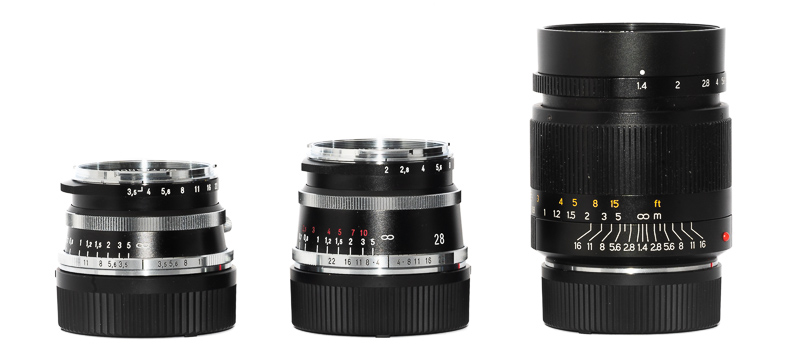
Because almost everything on the lens is a moving ring it is not that easy to attach it to or detach it from the camera. Zeiss Loxia users know this problem already.
Markings are red/white (engraved and filled with paint), focus ring has a very nice but again not perfectly even resistance and turns about 120° from the minimum focus distance of 0.5 m to infinity.
The aperture ring has equidistant and distinct half-stop click stops and feels very tightly assembled.
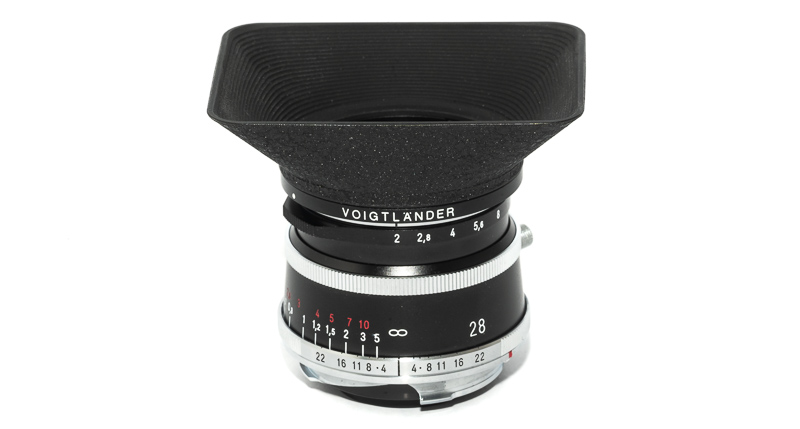
As is unfortunately usually the case for Cosina’s M-mount lenses there is no hood included in the package and you are supposed to buy them separately. There are officially two versions to choose from: LH-4N round vented and LH-12 rectangularish. If you don’t want to buy the overpriced original ones Haoge offers replacements. They all use a bayonet with spring to attach to the lens.
The LH-11 I bought for the 21mm 3.5 also fits, doesn’t vignette, looks cooler than the other two, but most probably offers less protection. But I already have it, so I am not going to buy one of the others.
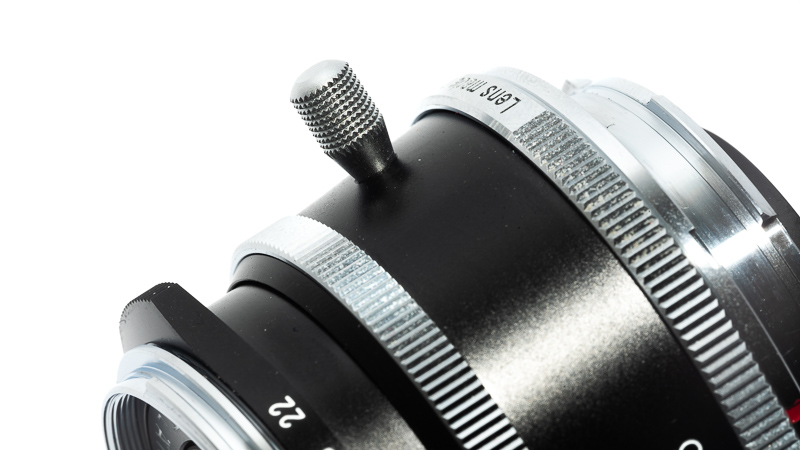
The lens features a rangefinder coupling and a small lever instead of a focus tab on Type I. Type II features a more traditional focus tab. Out of the box the lens was well calibrated on my Leicas M10 as well as M6.
Vignetting
light falloff
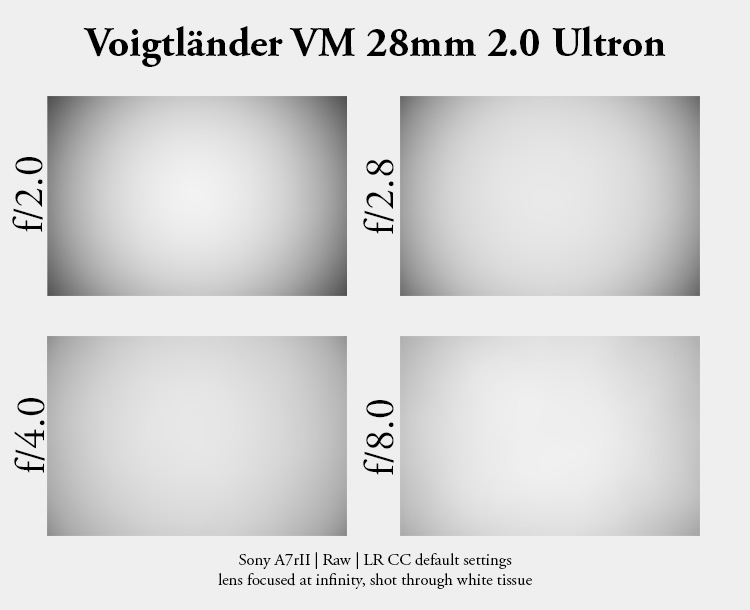
| f/2.0 | 3.5 EV |
| f/2.8 | 2.6 EV |
| f/4.0 | 1.9 EV |
| f/5.6 | 1.8 EV |
| f/8.0 | 1.8 EV |
| f/11 | 1.8 EV |
Most of the Voigtländer lenses are very small considering their specifications and this certainly holds true for this 28mm 2.0. But there is also a price to be paid for this and that is high vignetting figures. Wide open I measure about 3.5 EV corner shading which is a whole lot. For comparison the 7Artisans 28mm 1.4 shows 1.5 EV less vignetting at f/2.0 which is a visible difference. Stopped down they show very similar values of around 2.0 EV though.
I haven’t reviewed more 28mm lenses I could compare it to, when looking at 35mm lenses the Voigtländer VM 35mm 2.0 Apo-Lanthar shows about 0.5 EV less vignetting at all apertures.
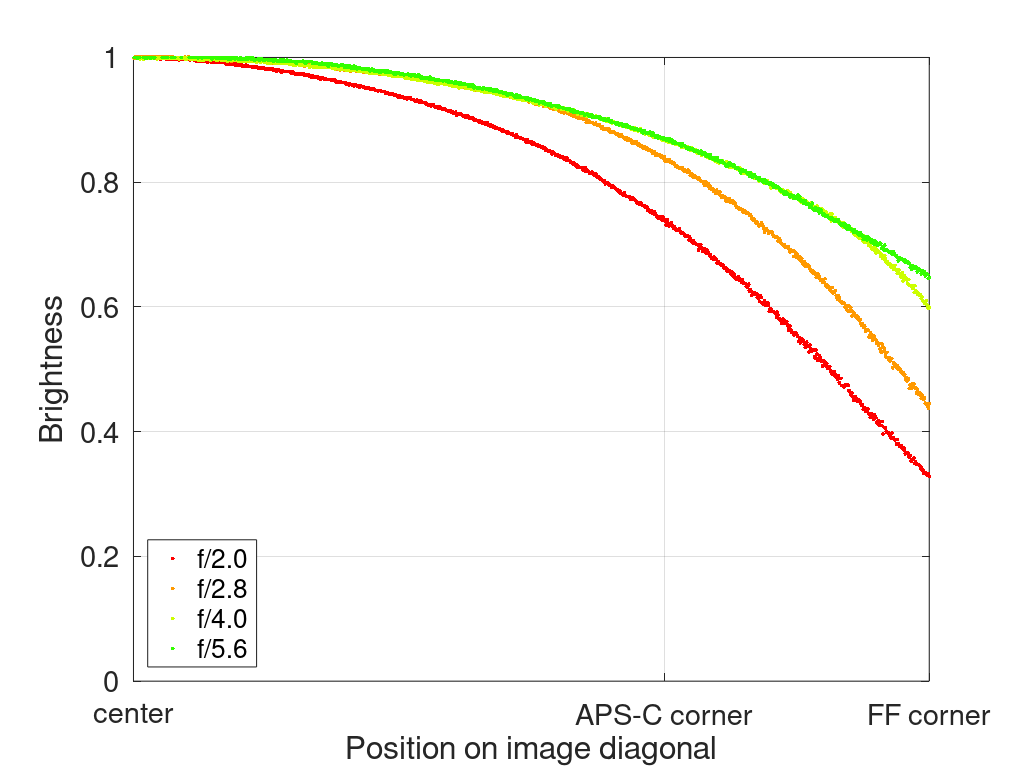
It is recommended to have a look at this article first to get an idea how this brightness graph works.
optical vignetting
Very fast yet compact lenses usually show a significant amount of optical vignetting. Without going too much into technical details optical vignetting leads to the truncation of light circles towards the borders of the frame.
In the center of the frame almost every lens will render a perfect circle, but only lenses with very low optical vignetting will keep this shape in the corners.
So in the following comparison we move from the center (left) to the extreme corner (right) and see how the shape of the light circle changes.
As has often been the case with compact Voigtländer lenses optical vignetting is quite significant, especially compared to the 7Artisans 28mm 1.4. We will have a look at this in the bokeh section to find out how it affects the look of the pictures.
This comparison was done at 0.5 m focus distance, you may get slightly different results at other distances. Both lenses were focused at the exact same distance so the results are directly comparable.
color cast

Already the predecessor showed a slight green color cast in the corners on the Sony sensors and this holds true for the new lens as well. In the field this is hardly visible though, so I don’t even have a sample clearly showing it.
Sharpness
infinity (42mp Sony A7rII)
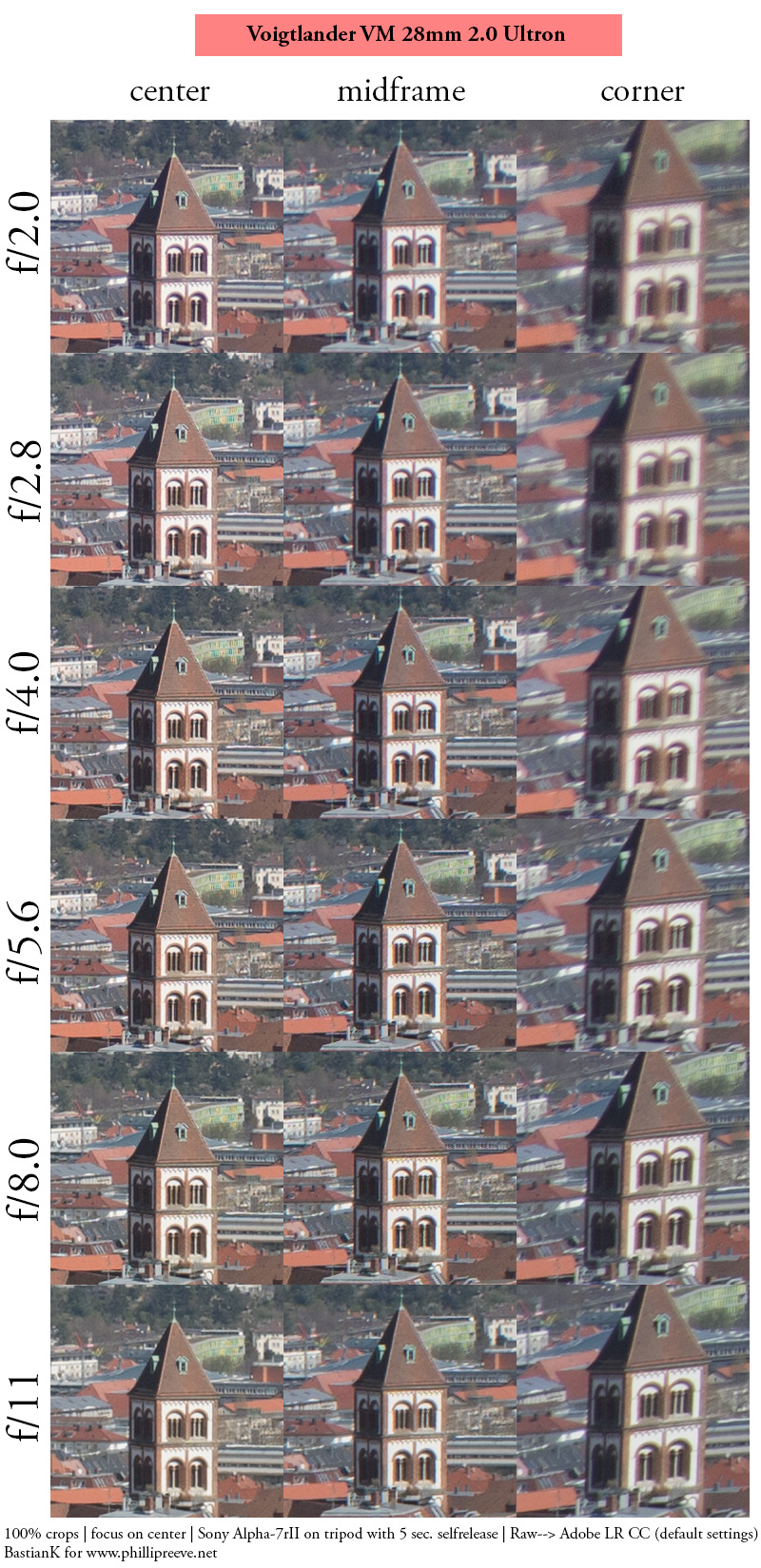
On a Sony camera we see very good center resolution from f/2.0 and the midframe looks very good from f/4.0, but the corners lack behind quite a bit because of the thicker Sony filter stack.
infinity (24mp Leica M10)
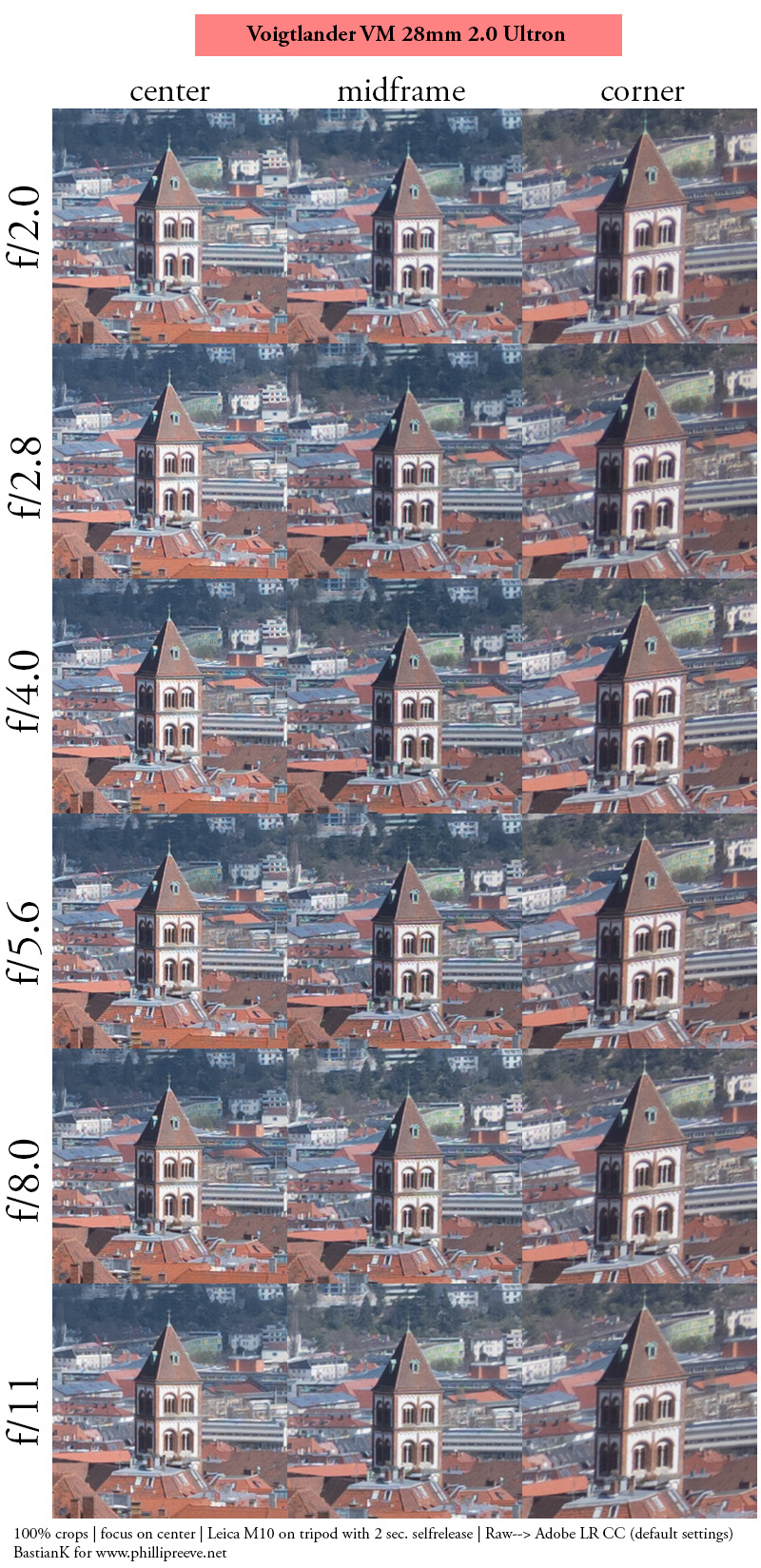
Now on the Leica M10 the Voigtländer VM 28mm 2.0 Ultron shows a significantly better performance – as we would expect. At the maximum aperture there is a very small midzone dip but I wouldn’t hesitate using the lens at f/2.0 if the light conditions asked for it.
What is also notable: this 28mm 2.0 Ultron shows a performance very close to the Voigtländer VM 35mm 2.0 Apo-Lanthar, despite featuring a simpler design, being wider and noticeably smaller and ligther.
portrait distance 0.9 m distance (24mp Sony A7III vs 24mp Leica M10)
For portraiture it isn’t so important how flat the field is, it is more interesting to see what the sharpness is like when focused at different parts of the frame to take field curvature out of the equation.
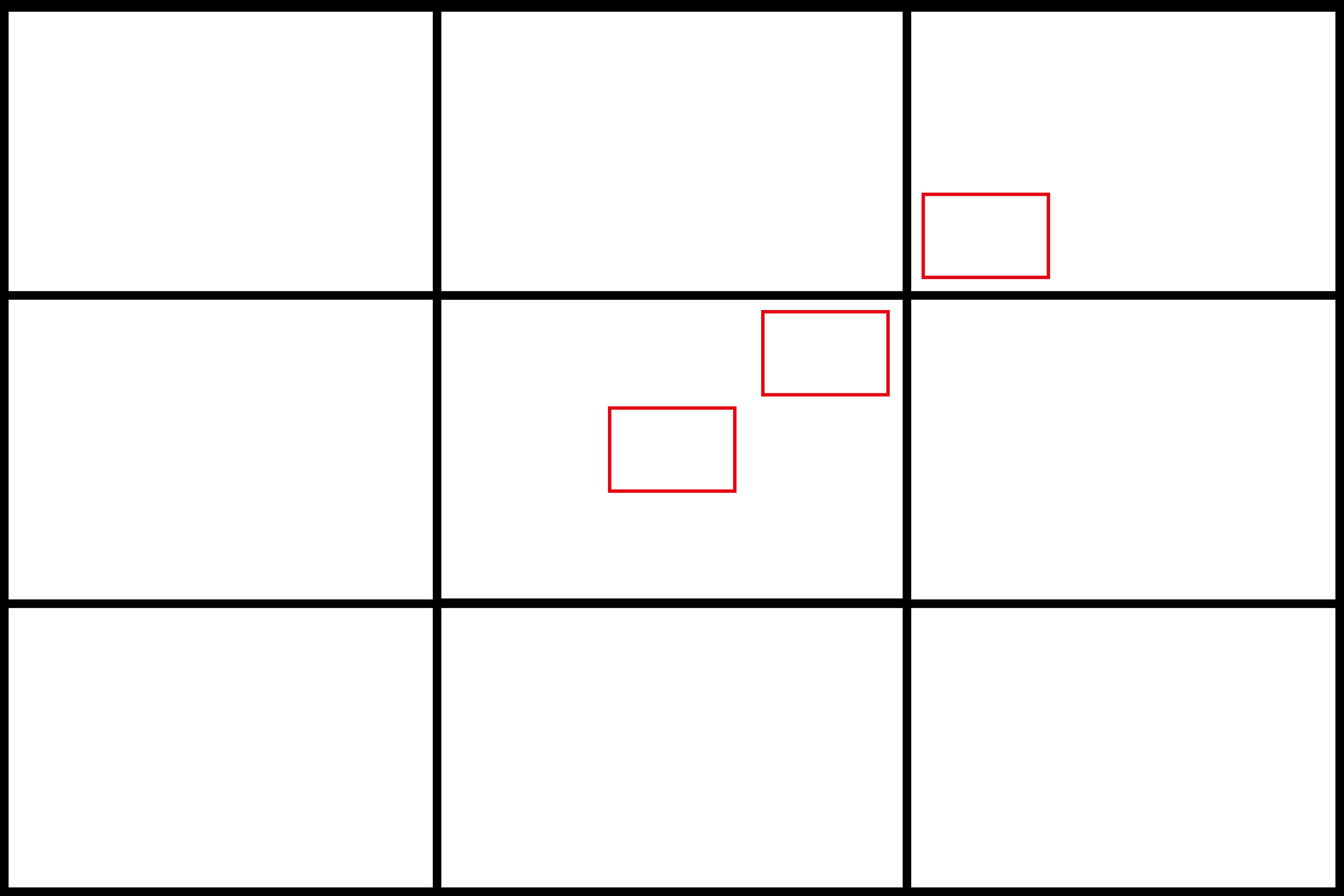
We will be looking at 100% crops from the 24mp Sony A7III and the Leica M10. Both cameras do not have an anti aliasing filter in front of the sensor.
Sony A7III <—> Leica M10
At a focus distance of 0.9 m in terms of sharpness the lens performs very good in the center of the frame and the inner midframe. In the outer midframe the performance is a bit reduced most likely because of astigmatism.
On the Leica with its thinner sensor stack the performance looks slightly better in the outer midframe area, but the differences are not big and within the margin of shot to shot focus accuracy.
close (0.50 m, 1:15, 42mp A7rII)
100% crops from center, A7rII, refocused for every shot.
For a 28mm lens a minimum focus distance of 0.5 m is not particularly great, but at least it is better than the usual 0.7 m we see on most M-mount lenses.
For a lens without a floating elements design the performance is surprisingly good from wide open though, unlike many other lenses stopping down is not needed to get crisp results.
Flare resistance
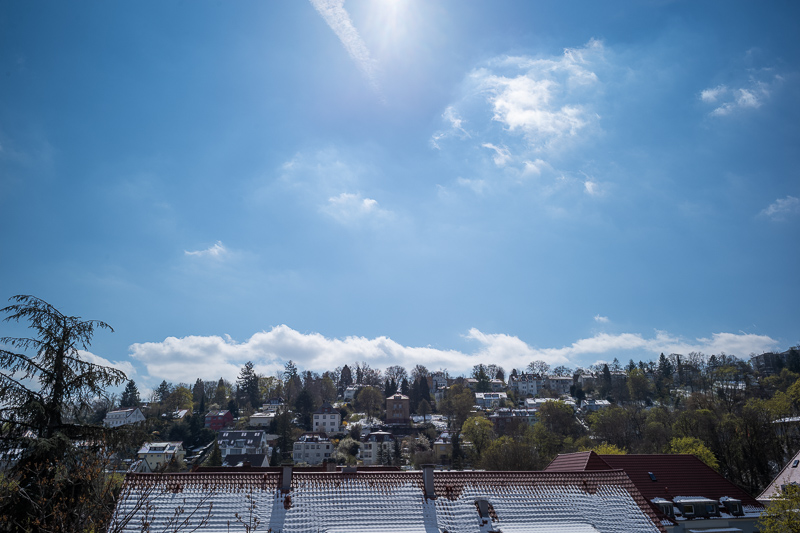
As always evaluating flare is a complex matter since you can get any lens to look bad if you push it hard enough and a slight change of scenario can affect results a lot.
Generally Voigtlander lenses have fared very well in this category, especially when it comes to veiling flare. Lately I reviewed a few that didn’t fare all that well though, but I am happy to report they are back on track with this 28mm 2.0 lens.
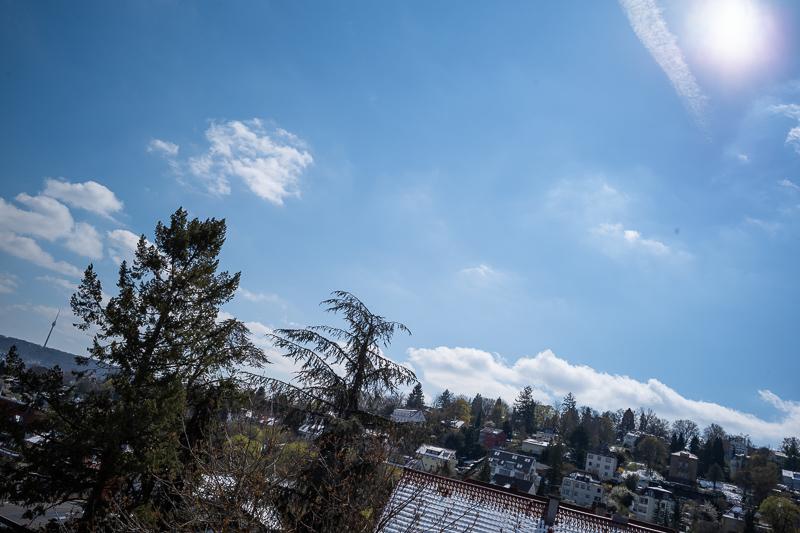
It doesn’t matter where the sun is inside or outside the frame, it is very hard to create any kind of artefacts.
Coma
After seeing the sharpness charts it shouldn’t come as a surprise: coma is corrected surprisingly well from wide open. Peak performance is reached at f/4.0, but I wouldn’t hesitate using the lens at f/2.0 if needed.
If I was able to overlook 3.5 EV vignetting this lens would actually be a good performer for landscape astrophotography.
100% crops from extreme corner, focused on center, Leica M10
An example what you can expect when taking a picture of a nightly city scene at f/2.0:
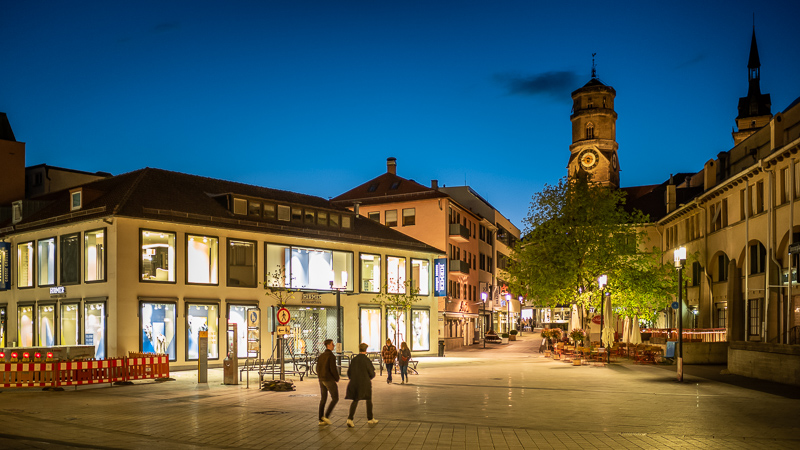
Distortion
Distortion is low and mostly uniform. There is no profile in Lightroom available (yet?) – the one profile for a Voigtländer VM 28mm 2.0 you can find is for the older version and makes things worse with this lens when you apply it.
Dialing in +4 in Lightroom/Photoshop is doing a good job and should be sufficient for most subjects.
Bokeh
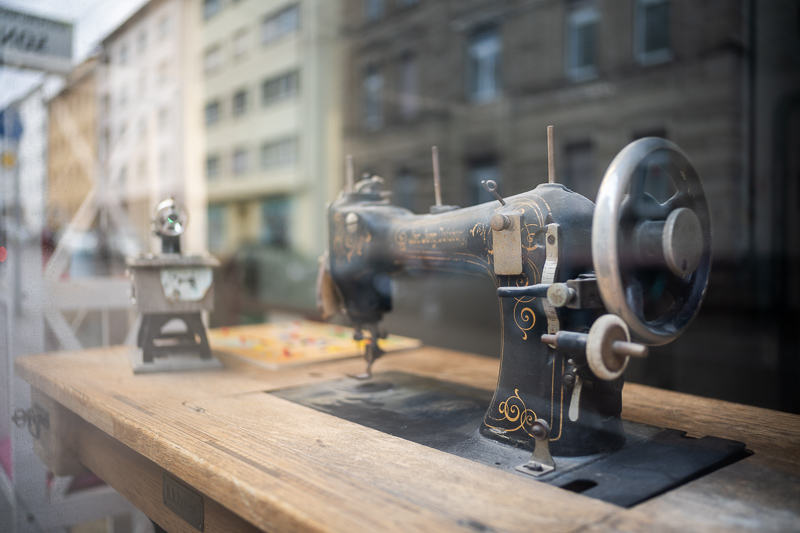
We don’t have remotely as many 28mm options as we do have 35mm options, but there are 28mm lenses with a maximum aperture of f/1.4 available, so if you are after bokeh quantity I can already tell you now: this won’t be the lens you are interested in.
Nevertheless, as usual we will have a look how the lens performs at different distances in different scenarios.
Close Distance

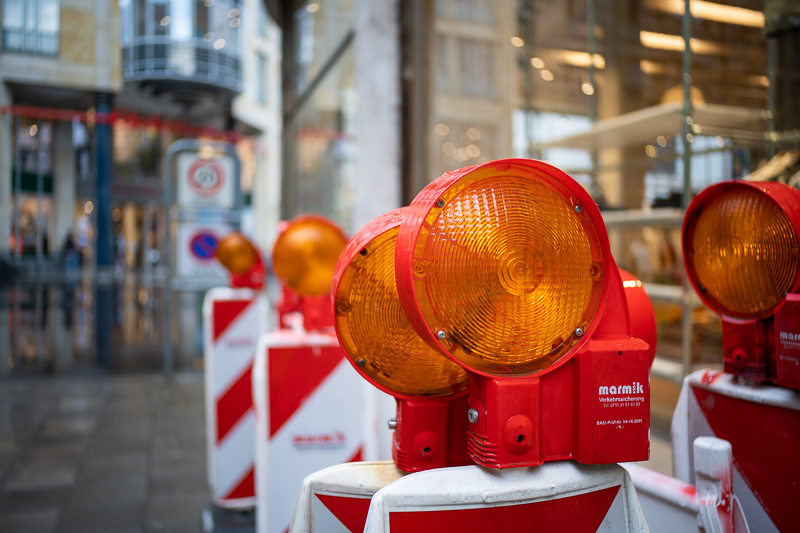
A minimum focus distance of 50 cm is quite decent for an M-mount lens, but compared to 28mm lenses for other mounts not that spectacular. With point light sources in the background you can easily spot the high optical vignetting and sometimes with rather busy backgrounds even double edged structures may appear.
Mid Distance

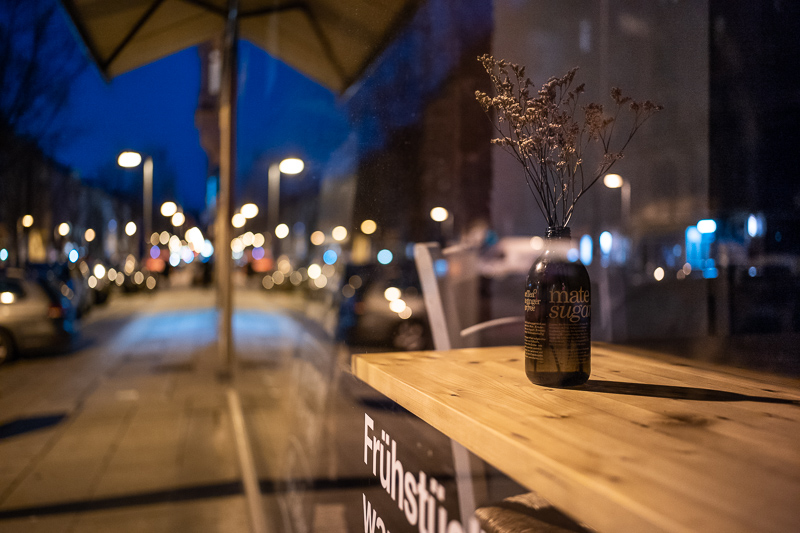
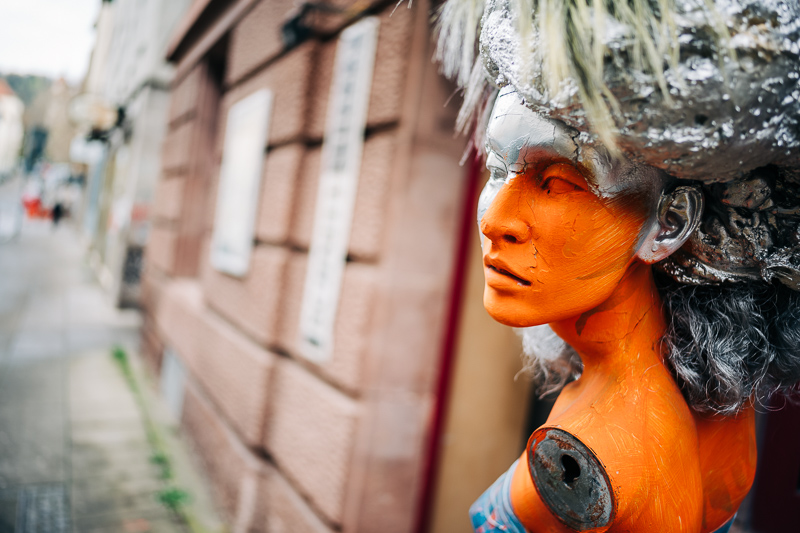
At mid distances the lens is generally doing a good job, but then 28mm are not exactly a focal length I would recommend for head or head-and-shoulder portraits.
Long distance

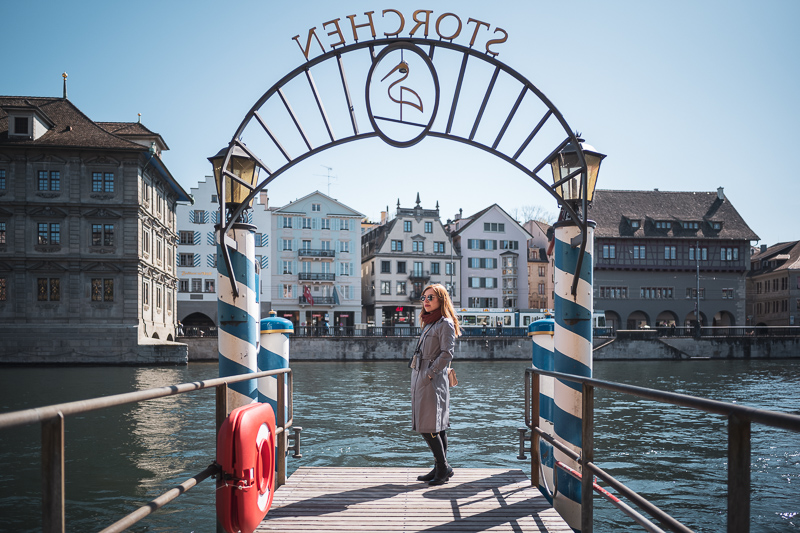

Now at longer focus distances a maximum aperture of f/2.0 in a 28mm lens doesn’t really cut it for isolating your subject, but we knew that before. The very strong optical vignetting also plays its part, so you will only get a rather subtle amount of bokeh at these distances. Compared to the Voigtländer VM 35mm 2.0 Apo-Lanthar the bokeh is generally a bit smoother though.
If you are looking for a lens that yields this full-body-shot-wide-angle-bokeh there are better options available, the first that comes to mind due to having the same focal length is the 7Artisans 28mm 1.4. Even better suited are fast 35mm lenses. The most compact option is the Voigtländer VM 35mm 1.2 III. The Laowa 35mm 0.95 and Sigma 35mm 1.2 Art are capable of delivering even more impressive results, but obviously we are also dealing with very different lens dimensions here.
Now if you are a regular reader you already know that the thicker filter stack of Sony cameras can (and will) lead to worse bokeh rendering (compared to shooting a lens on film or a thinner filter stack like that of the Leica M10), especially at longer focus distances and as can be seen from this example the Voigtländer VM 28mm 2.0 Ultron Type I is no exception:
Sunstars
Sunstars start to become visible by f/4.0 but look best defined between f/8.0 to f/11 to me. If you want to know more about sunstar rendering of different lenses have a look at this article.
Chromatic aberration
lateral
100% crops from corner, A7rII
Lateral CA are on a low level and as usual easy to correct in post.
longitudinal
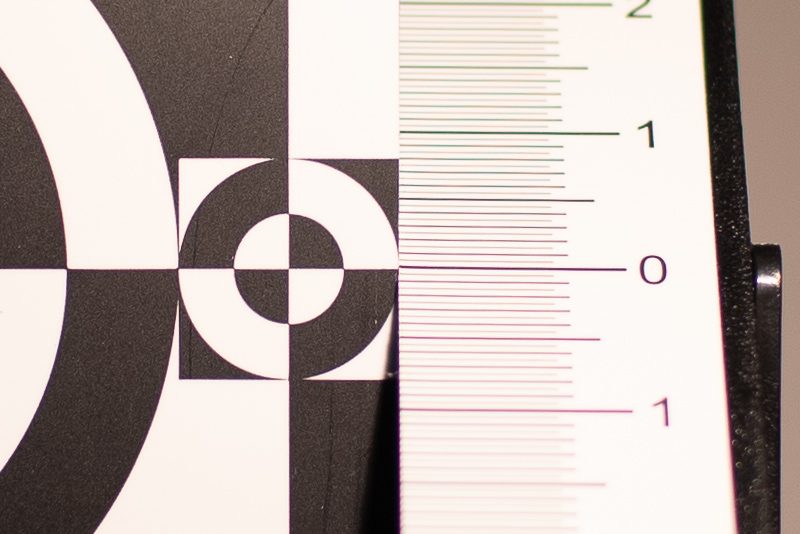
In close focus scenarios longitudinal CA are clearly visible at f/2.0, but improve fast on stopping down.
But how is the situation in the field at normal distances?
Bokeh fringing is less of an issue. We see a bit of magenta outlining in front of and cyan outlining behind the focal plane, but nothing that has the potential to constantly ruin your pictures:
Leica M10 | Voigtlander VM 28mm 2.0 Ultron | f/2.0
I noticed quite a bit of purple fringing at wider apertures though, so I had a closer look here and this aberration is indeed rather pronounced:
Leica M10 | Voigtlander VM 28mm 2.0 Ultron | 100% crops from corner
When you stop down the color correction greatly improves, but it takes stopping down to at least f/5.6 to really get rid of the purple fringing. So even though the resolution is already high at f/2.0 it is still a good idea to stop down when possible for cleaner results.
Focus shift
100% crops, A7rII
The Voigtländer 28mm 2.0 Ultron shows a very small amount of focus shift. Except for the minimum focus distance this should hardly be noticeable.
Conclusion
good
|
average
|
not good
|
M-mount user:
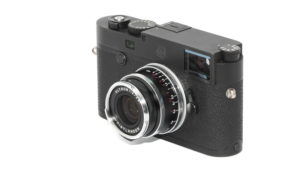
The Voigtländer VM 28mm 2.0 Ultron is a lens that generally fits the M-system very well: it is compact, lightweight and not too fast – so encountering rangefinder calibration issues should not be the norm.
Thanks to its high resolution, contrast and flare resistance as well as low distortion this 28mm is a great choice for landscape or architecture shooting and due to its f/2.0 maximum aperture it can also be used indoors or during blue hour without a tripod if needed.
If you are mainly interested in shallow depth of field photography I would rather recommend the 7Artisans 28mm 1.4 or one of the faster 35mm M-mount lenses though.
Still, the only notable disadvantage is the high vignetting, but ultimately this is the price to be paid for the small dimensions and doesn’t take away from the fact that this is a very well balanced lens and one easy to recommend to almost anyone looking for a 28mm M-mount lens.
E-mount user:
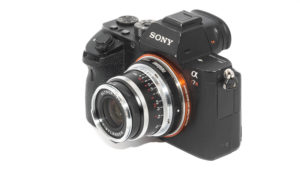
Just like its predecessor the new iteration of the Voigtländer VM 28mm 2.0 Ultron cannot show its full potential on the thicker Sony sensor stack. While the performance is impressive at f/2.0 on the Leica there are some limitations here: if you are shooting at infinity the corners need stopping down a lot to show a comparably good performance and there is also a negative influence on the bokeh rendering, especially at longer distances.
It is still possible you will be happy using this lens on a Sony camera, especially as apart from the – already much bigger and heavier – 7Artisans 28mm 1.4 FE+ and Laowa 28mm 1.2 Argus there are no manual focus alternatives for FE cameras available.
So in the end the situation is similar to the Voigtländer VM 35mm 1.7 Ultron and VM 75mm 1.5 Nokton – where there are also no direct E-mount alternatives available – a real pity.
The lens is available from Robert White (UK) | Cameraquest (US) | B&H | ebay.com | ebay.de (affiliate links) and the price is $899/849€/£699
Alternatives
M-mount
Voigtlander VM 28mm 2.0 Ultron:
The predecessor. I don’t see any category where it is better than the new lens, but it also isn’t a bad lens, so if you find it used for a tempting price it can still be an interesting option.
buy from amazon.com | amazon.de | B&H | ebay.com | ebay.de (affiliate links) for 400$ (used) to 599$ (new)
Voigtlander VM 28mm 2.8 Color-Skopar:
This lens is one stop slower, smaller and lighter, slightly cheaper, but offers very similar performance. If you don’t really need the f/2.0 maximum aperture or you are looking for the smallest capable 28mm M-mount lens you should have a look at this one.
buy from ebay.com | B&H (affiliate links) for $699
7Artisans 28mm 1.4:
One stop faster and a very decent performer, especially so taking into account its low pricepoint. Disadvantages are a minimum focus distance of 0.7 m, only average flare resistance and unappealing sunstars.
In terms of size and weight it is a great fit to the Sony cameras, but (too?) big and heavy when using it on a Leica M-camera.
If you are a dual E-mount/M-mount user get the FE+ version of this lens as it has less issues with field curvature on the Sony cameras than all the other 28mm M-mount lenses.
buy from B&H, amazon.com/amazon.de ebay.com/ebay.de for about $436 (affiliate links)
Leica 28mm M-mount lenses:
Leica offers a 28mm 2.8 Elmarit ($2600), 28mm 2.0 Summicron ($5100) and 28mm 1.4 Summilux ($7800). Due to their prohibitive pricing I have no personal experience with any of them.
buy from B&H (affiliate link)
E-mount
Laowa 28mm 1.2 Argus:
The Laowa lens is a very fast 28mm lens (the world’s fastest actually) and I especially like its high contrast at wider apertures which in combination with the f/1.2 aperture and the wide angle view makes this a great choice for environmental portraiture. If you don’t mind its size and weight this is a great option for E-mount users.
buy from manufacturer’s shop | B&H for $599 (affiliate links)
Sony FE 28mm 2.0:
This is the most obvious competitor in the FE system featuring the same focal length and maximum aperture. Its weight is very similar and it is a native lens that offers autofocus and is affordable at the same time. The build quality is not that nice though and it features the non linear focus ring. If these things do not bother you it can be pretty good value for the money.
buy from Amazon.com | Amazon.de | Ebay | B&H for $460 (affiliate links)
Sigma Art 28mm 1.4:
This is a very high resolving lens already wide open that also comes as a “native” lens with autofocus including eye-AF. Unfortunately it is five times the weight and also very big because it has originally been designed for DSLRs.
buy from Amazon.com | Amazon.de | B&H | ebay.com for $999 (affiliate links)
Sony FE 24mm 1.4 GM:
This is probably the best 24mm f/1.4 lens you can buy today. It has autofocus, GM build quality and a great minimum focus distance.
If you don’t mind the 4mm difference in focal length and a paying a higher price you should definetly have a look at this one.
buy from amazon.com | amazon.de | B&H | ebay.com | ebay.de for $1298 (affiliate links)
Other
Leica Q Series (28mm f/1.7):
If the Leica Q-series had an M-bayonet I would have probably praised it for being the future of the M-mount system, as it is it is a rather big fixed lens fullframe camera, but it is one of the few really high quality 28mm options available these days.
buy from B&H | ebay.com | ebay.de (affiliate links) for $2800 (MK I used) to $5700 (MK II new)
Sample Images
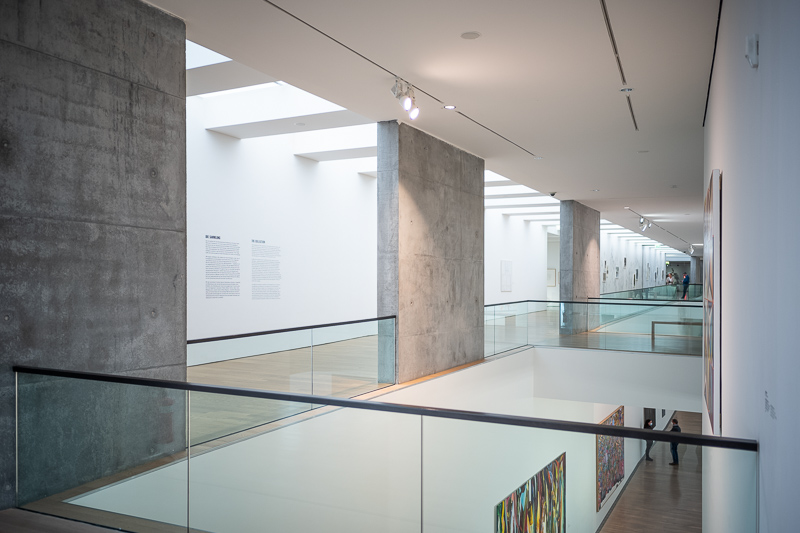
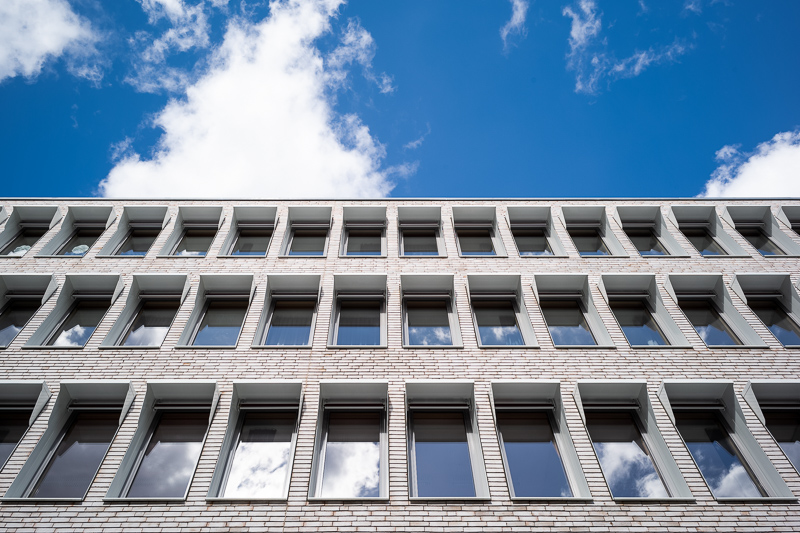
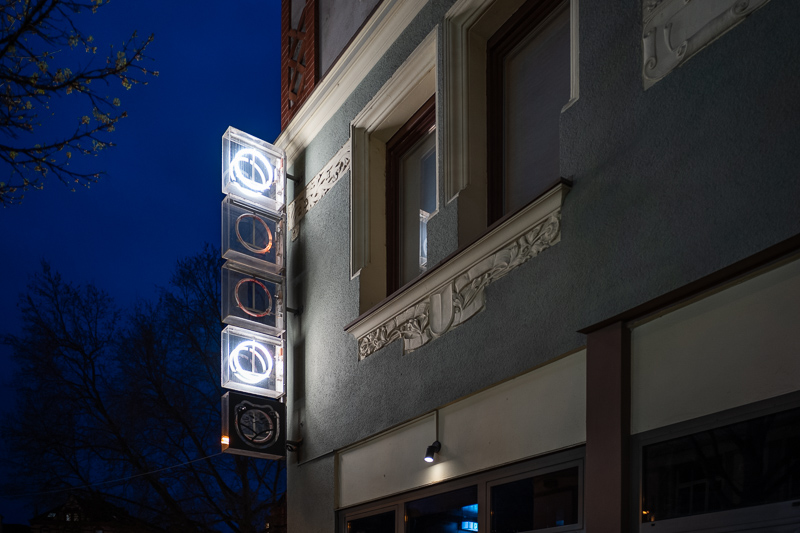
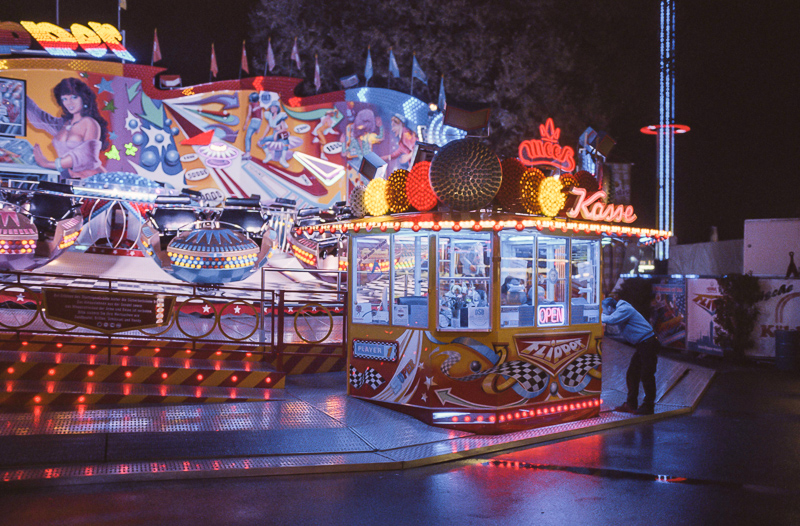
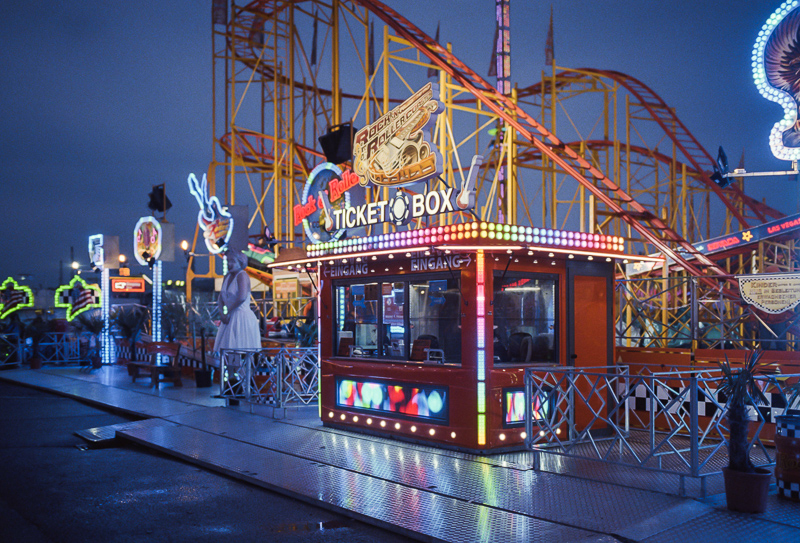
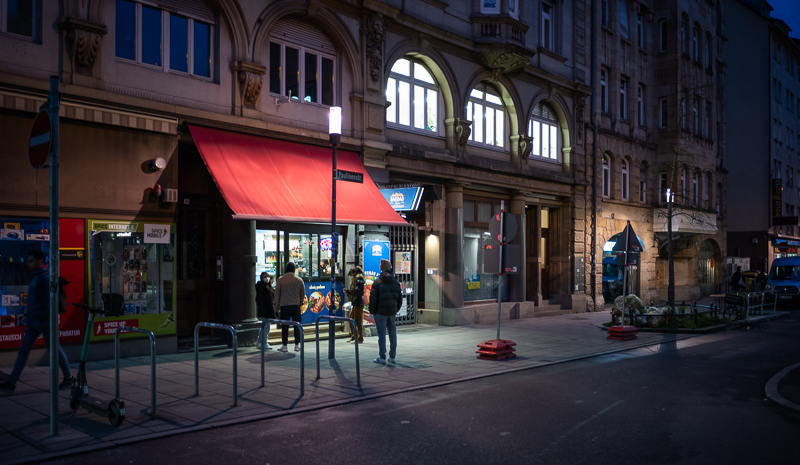
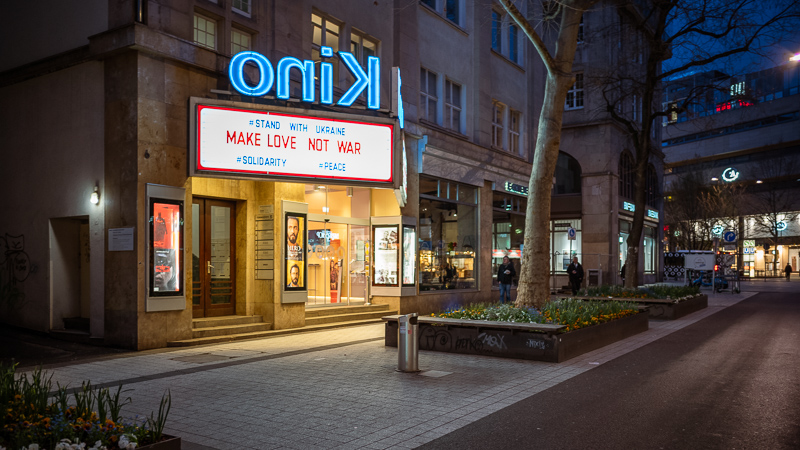
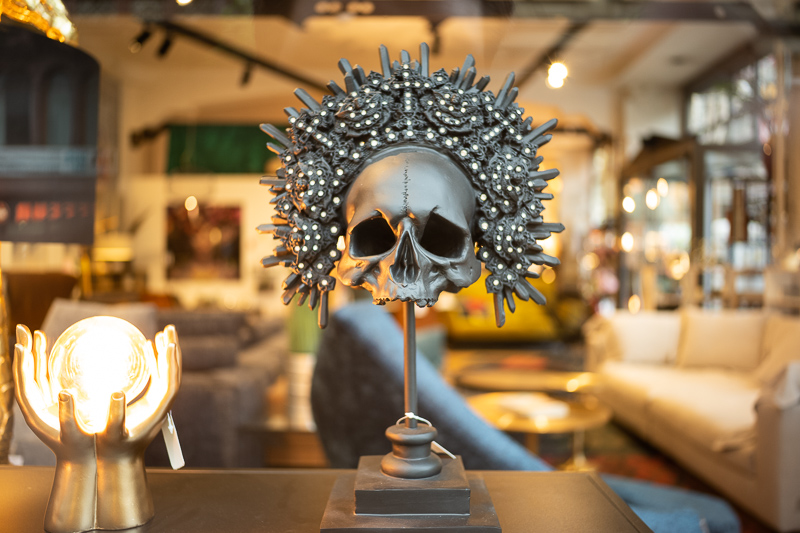
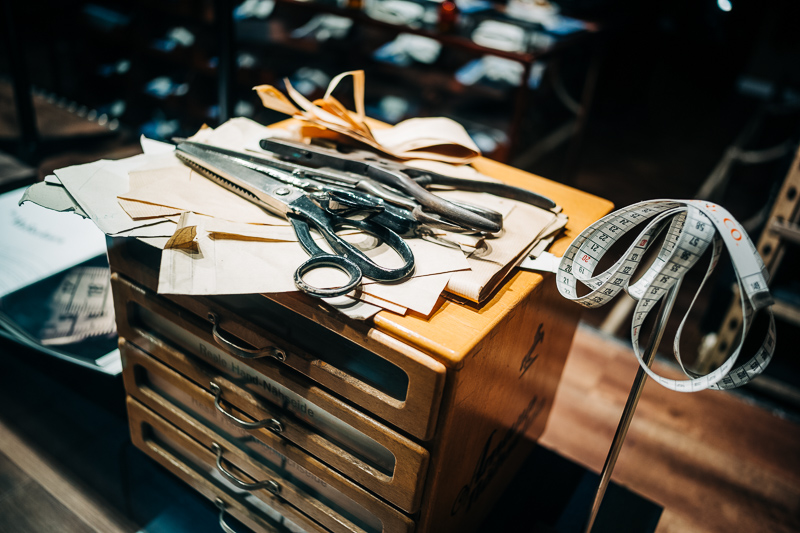
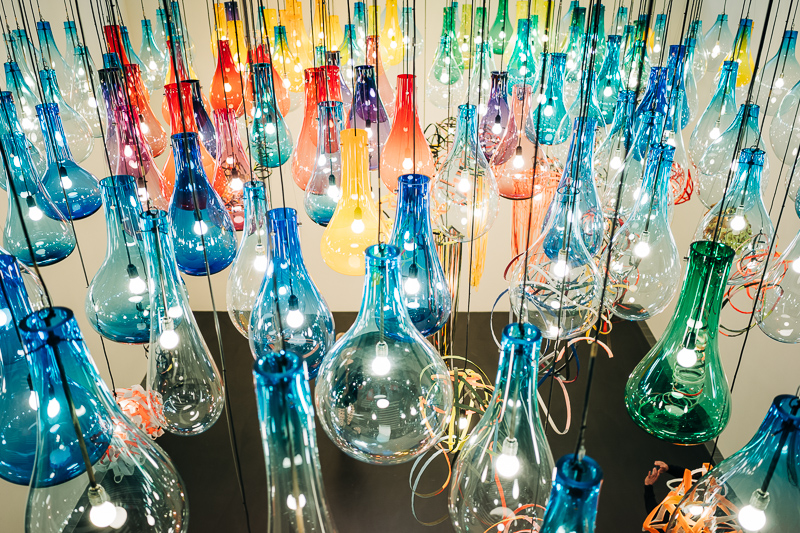
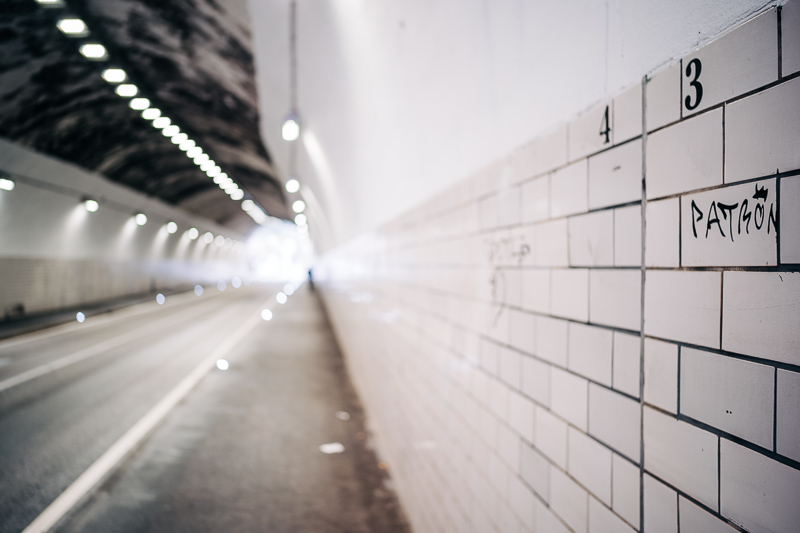
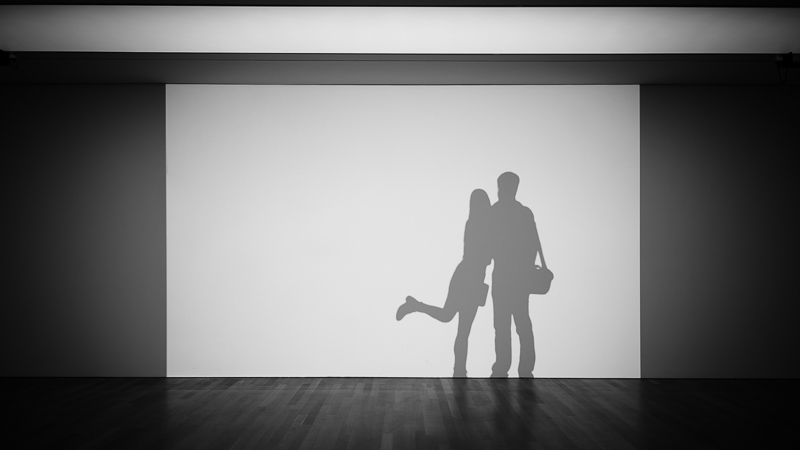
Most of the sample images in this review can be found in full resolution here.
Further Reading
- Sony FE lenses: Our comprehensive and independent guide
- Review: Laowa 9mm 5.6 – The World’s widest lens
- How to take better pictures?
- Review: Sony FE 35mm 1.4 GM
Support Us
Did you find this article useful or just liked reading it? Treat us to a coffee!
![]()
![]()
![]() via Paypal
via Paypal
This site contains affiliate links. If you make a purchase using any of the links marked as affiliate links, I may receive a small commission at no additional cost to you. This helps support the creation of future content.
Latest posts by BastianK (see all)
- Review: Irix 11mm 4.0 Firefly - August 16, 2025
- Analogue Adventures – Part 43: Nikon 35Ti - August 13, 2025
- Reviewing Lenses isn’t really worth it - August 5, 2025





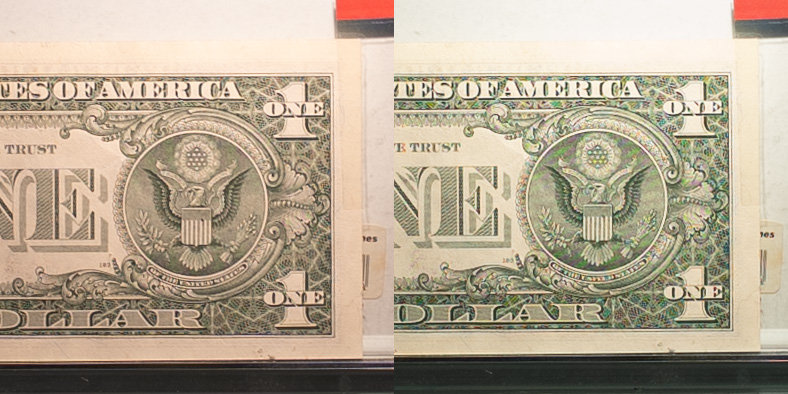
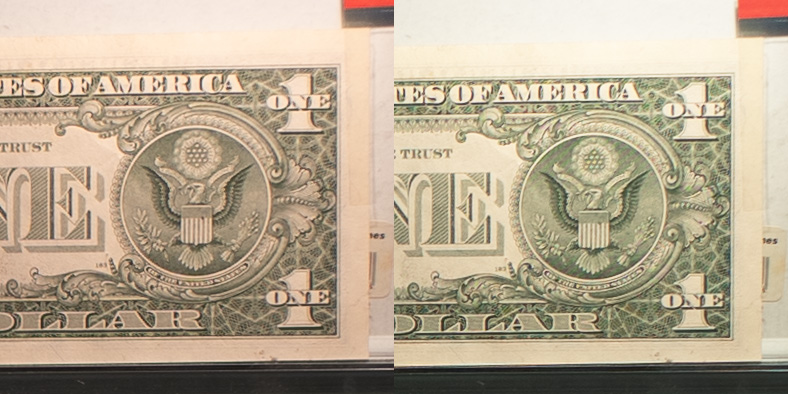
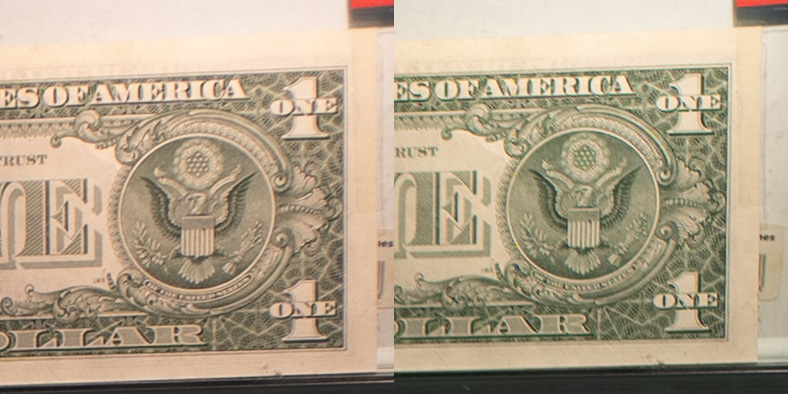


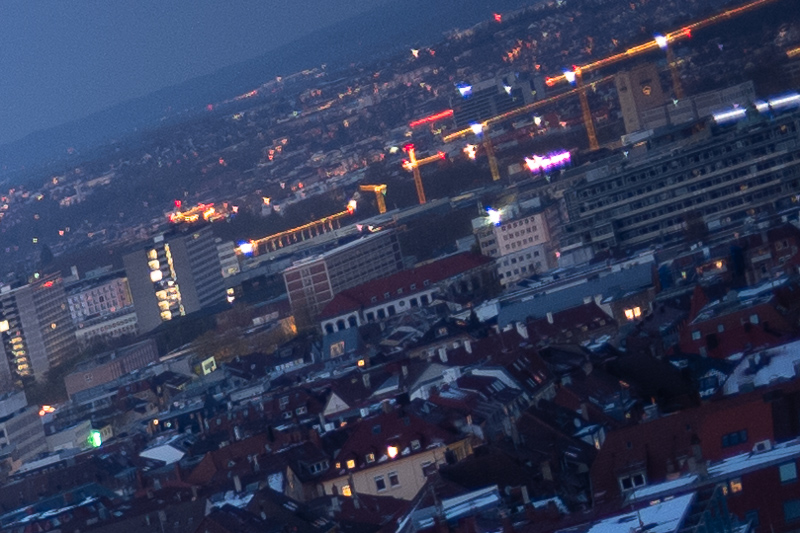
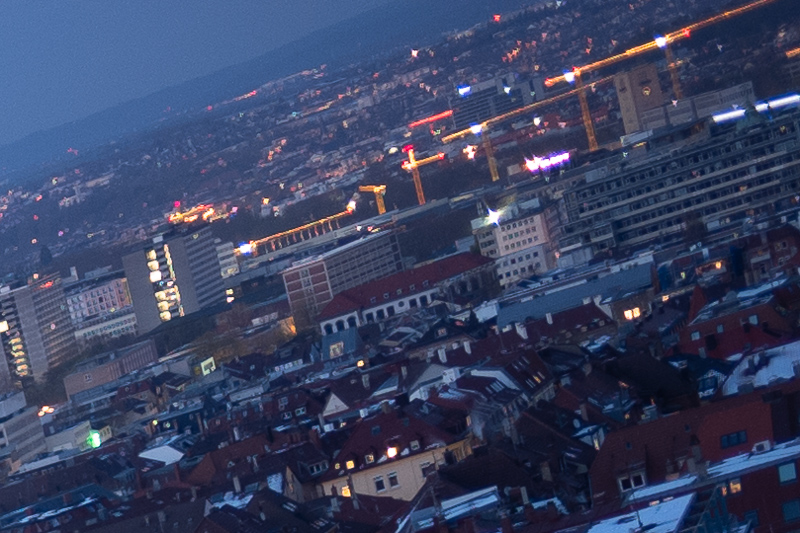

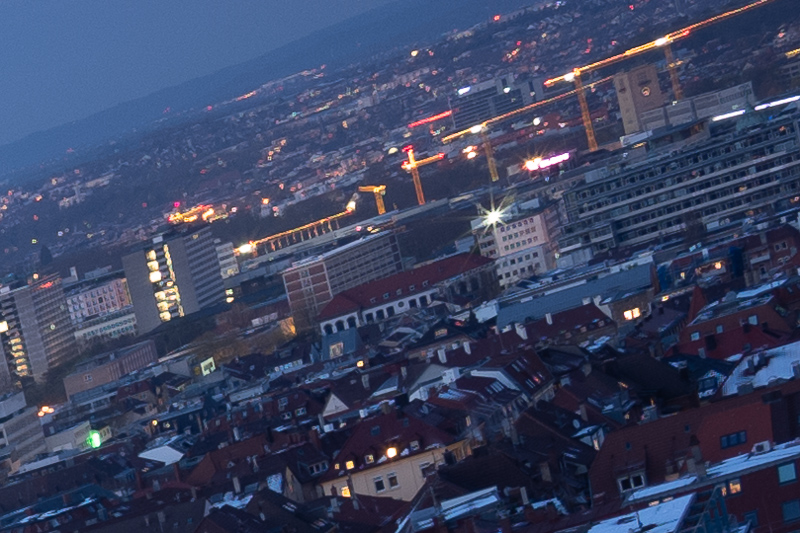
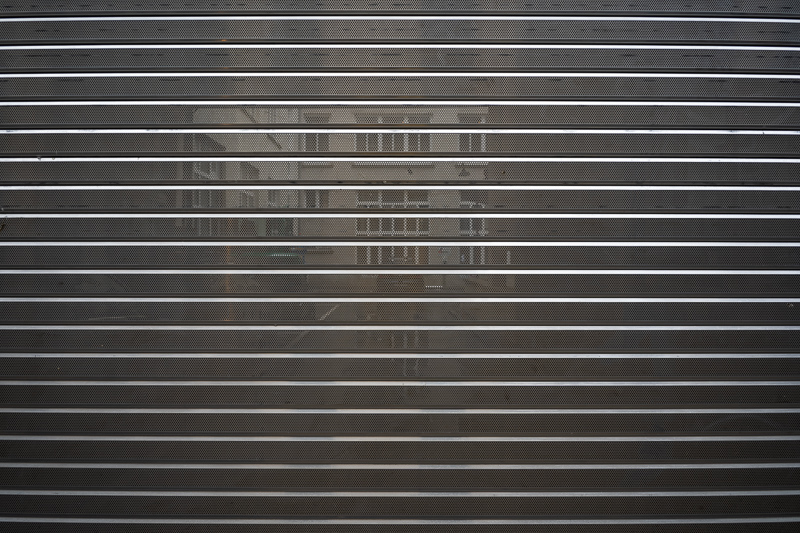
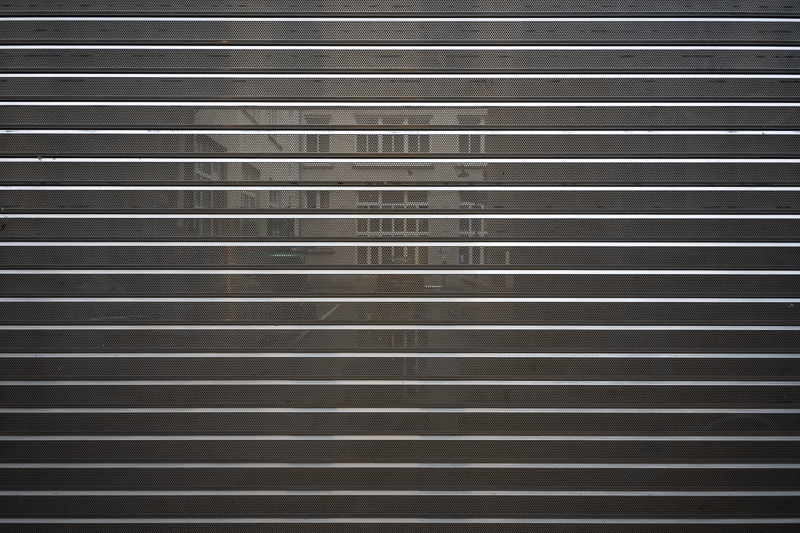
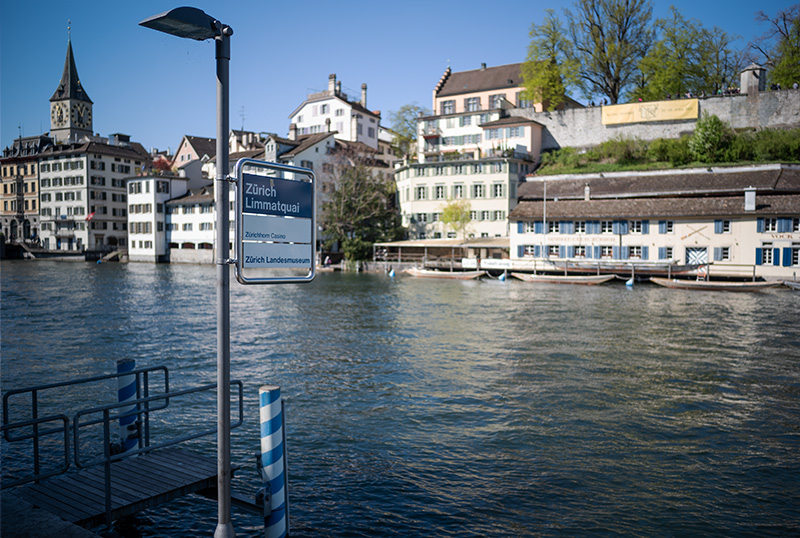



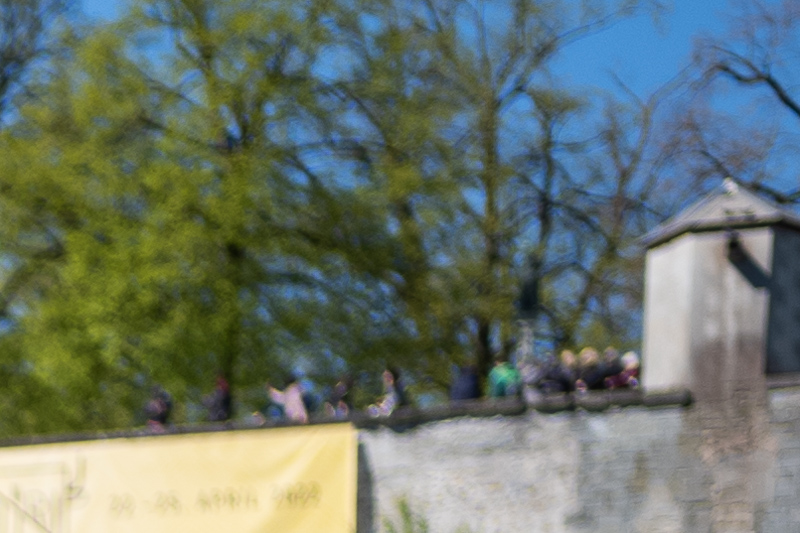

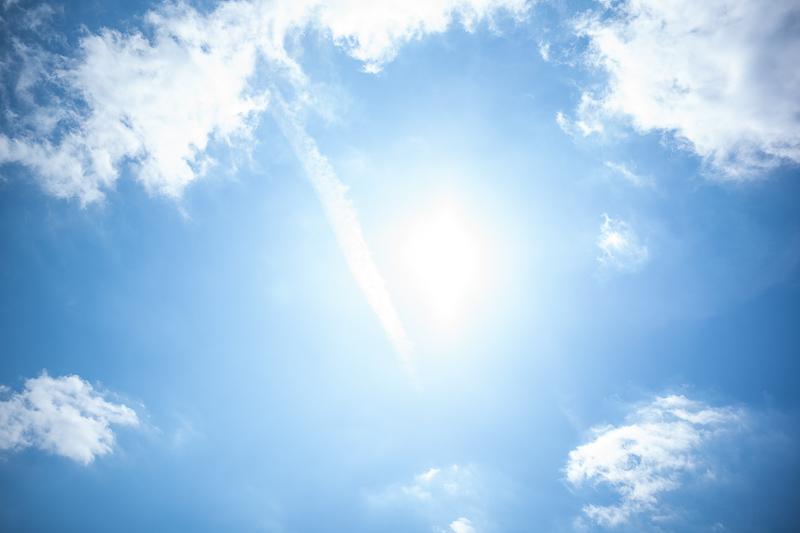
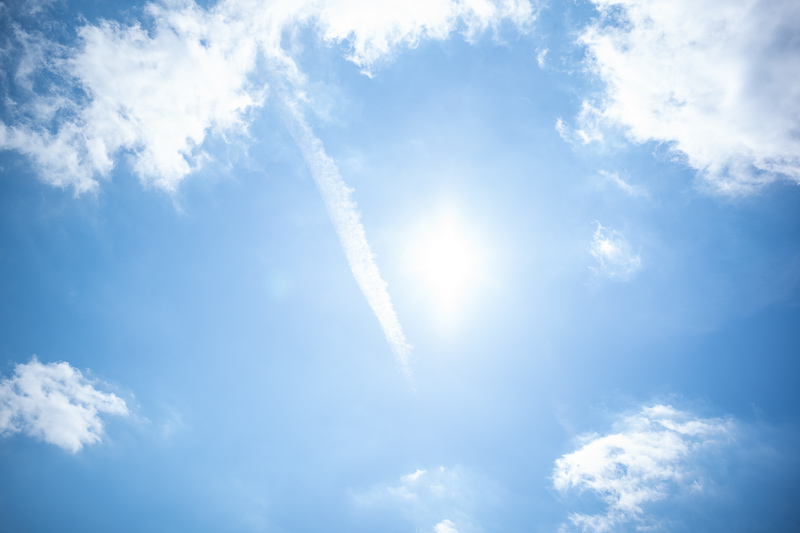
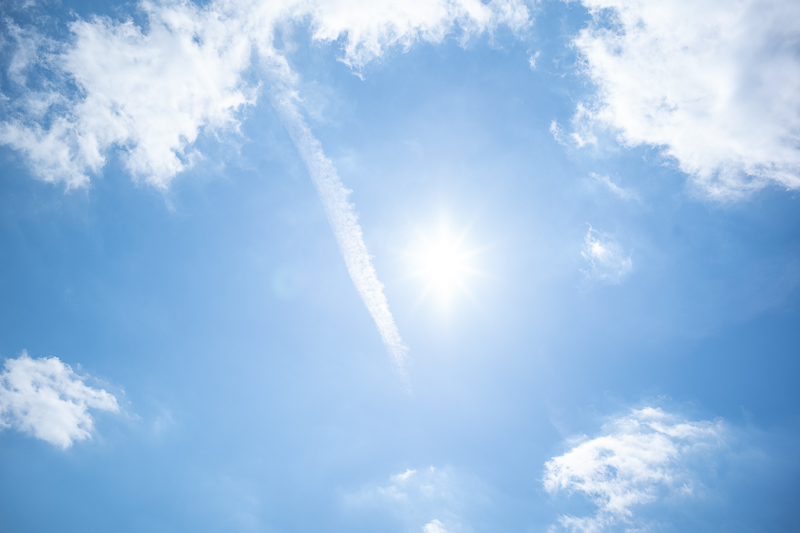
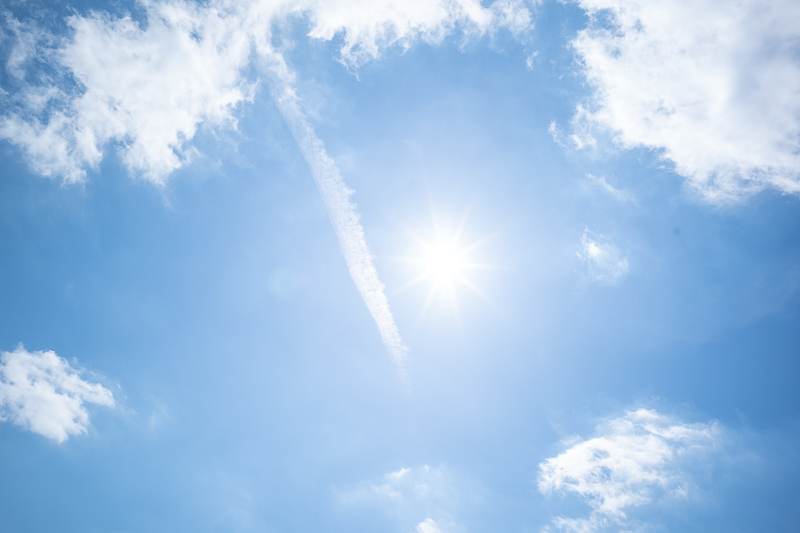
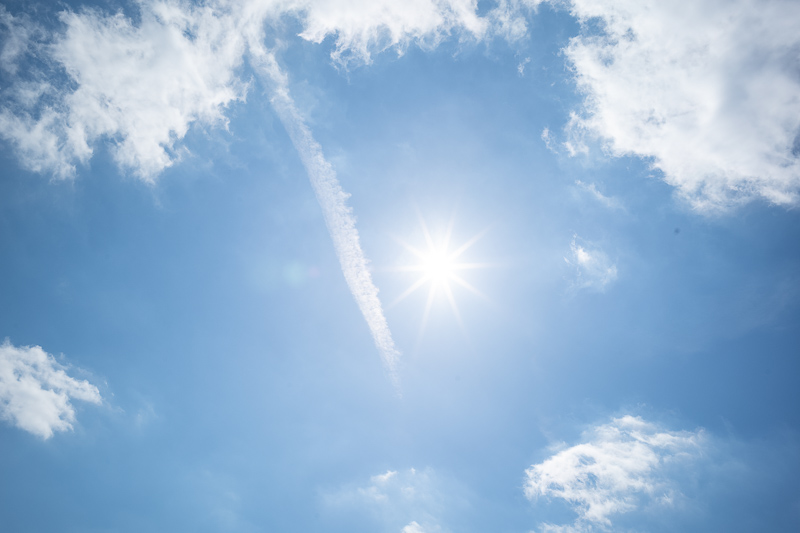

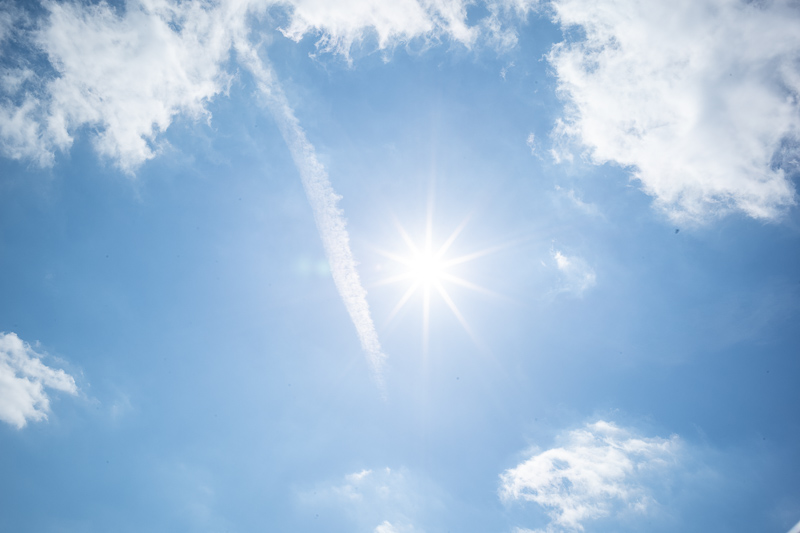





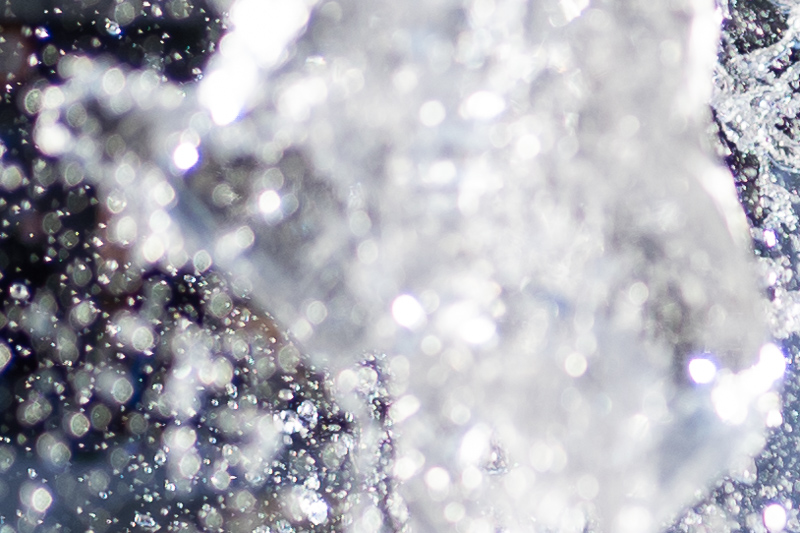
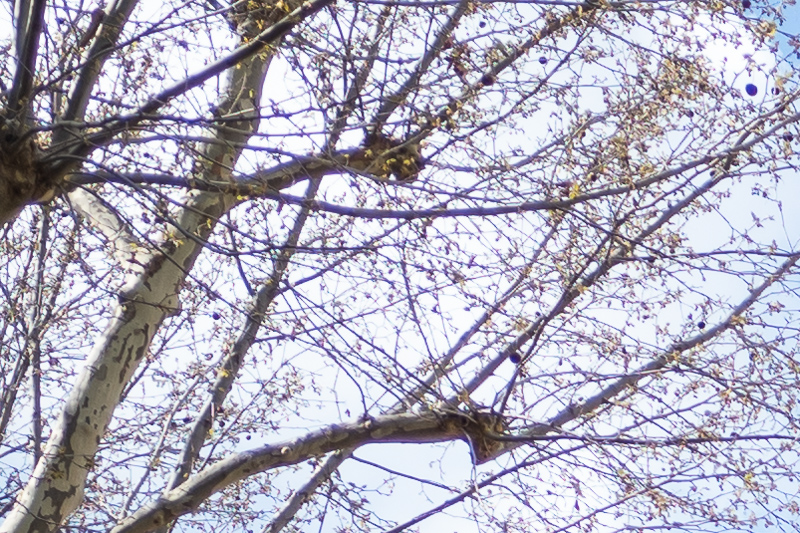
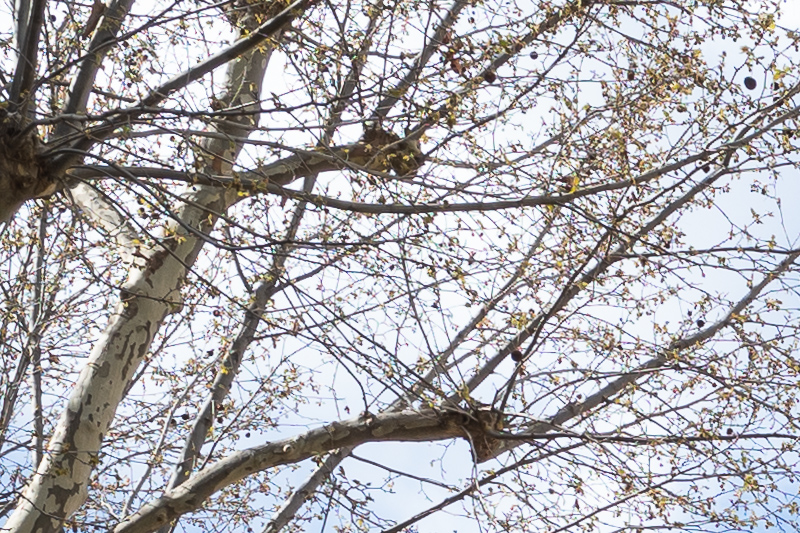


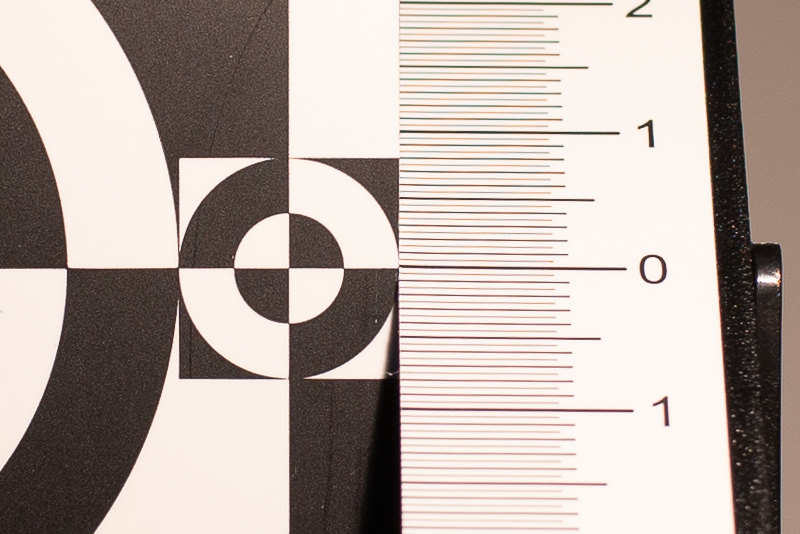
Nice sample images and sorrow review of this 28mm Ultron lens. As always.
I noticed quite a lot of the samples where shot on the M10. Might it be that your opinion about the M10 is changing in favor of of the Leica? 😉
Not at all.
The digital M cameras offer an awful user experience, a disastrous one taking into account their price.
Nevertheless there are lenses – and this 28mm 2.0 is clearly one of those – that work better on a thinner sensor stack, so why would I prefer using them on a camera they perform worse on?
I‘m with you with your concerns regarding the Leica M camera line. After Leica has released the M11 I think it is a missed chance to introduce a digital viewfinder with an EVF or OEVF (like Fuji). Take the Leica Q body and add an M mount please.
There seem to be a small discussion between Leica users if adding an integrated EVF to M bodies would be the future or death of Leica M cameras. For me a Leica X-Pro M would be a reason to spend €€€ for one of those. (especially with integrate Z-Axis AF like the Techart AF adapter).
If there was a camera like that, a Leica Q with M bayonet and good EVF – and Leica has access to really good EVFs – I would definitely be interested in that.
If they would at least offer an M camera with tiltable screen that would already be a good starting point.
Judging by a survey from Leica I had been invited to we might actually see a tiltable display in the not so distant future, I just fear it will be on the SL line only.
I am replying about 2 years too late but the whole appeal of a Leica M camera body is the clean simple user experience. I look through the viewfinder and I see a focussing patch and frame lines for the lense I have mounted. I can then go about my photography without anything getting in the way. If Leica move in the direction of EVFs/clutter the viewfinder/try to automate the experience of taking photos a lot of Leica users would just look for old models to avoid this.
“ The digital M cameras offer an awful user experience, a disastrous one taking into account their price.”
I always find it odd when I read such a statement without any sort of qualification. It is obviously not for you or your shooting style, but given that dozens of extremely talented photographers find that it is their tool of preference, and they produce stunning work with it, wouldn’t that make you think that you maybe just don’t know how to make best use of it?
As well as many great photographers of the past, I’m thinking of work by Alex Webb, Sebastian Salgado, Penti Sammallahti, David Alan Harvey, among many others.
Guess one really has to wonder what those extremely talented photographers would be able to achieve with a better camera then.
But I guess the important part of your comment was mentioning “the past”. I don’t live in the past where nothing better than Leica M cameras was available.
This is 2023, not 1958 anymore.
Such a limiting reply. So many talented photographers still prefer Leica M cameras, despite their premium price. One of the things they praise is the simplicity and directness of the experience. I use both a Sony A7rIV and a Leica M 246. While I like both, I find that for the sort of work I do – environmental portraiture, the Leica has many advantages, smaller size, clearer, more direct viewfinder, more direct controls, much faster zone focusing (when appropriate). As a do-it-all gadget, able to ‘do’ macro, sports, wildlife photography, and every other hobbyist genre, the Sony is, of course, more versatile, but none of that even remotely interests me, or many Leica M shooters who choose the M for what it does excellently.
For E mount usage, would a front filter application be suitable to augment the thick sensor glass for Sony, similar to the same application of a filter in front of a ZM 35/1.4 lens, which does fix a lot of the corner issues in Sony bodies?
I am pretty sure an appropriate front filter would improve the performance, but I lack the capabilities to calculate which one it is and I also don’t own a bunch of different filters to find out by trial and error which one it is.
Thanks for the wonderful review Bastian!
Would you ever consider buying, say, an a7iii and then replacing the filter stack on it to be optimized for M mount lenses? I feel like that would be the best solution to the problem of M mount lenses on Sony, though an expensive one to be sure.
For this lens, I really love the contrast of it and the colors but I prefer my 7a 28mm 1.4 FE+ due to the faster aperture and maybe slightly better cohesion with the FE filter stack. I don’t love the poor QC with cheaper Chinese lenses though as my 7a is modestly decentered and sometimes this is noticeable in various images. I also don’t love the idea of adapting VM lenses because I feel like I would kick myself if V came out with E mount versions / analogs as they sometimes seem to do
If I was living in the US I would probably already have a Kolari modded Sony camera, yes.
On a more pedestrian subject: I wonder what Bastian take on focusing lever (type I) vs focusing tab (type II) is.
I am not really a fan of either, but if it has to be one I prefer the lever.
Thanks as always for the thorough and intelligent Bastian 🙂 I enjoy my CV 28/2 ASPH—really an attractive balance of IQ, rendering, size, ergo, price and versatility.
A consideration for you or your readers if you’re not aware is a sensor mod by NKIR. I had my a7r2 modded my NKIR. All things considered, I preferred it over the Kolari route as it’s was a bit cheaper, thinner sensor and is better regarding WB issues. Here a couple links for those interested. My only regret is I didn’t do it sooner!
https://www.fredmiranda.com/forum/topic/1544095/0
https://www.fredmiranda.com/forum/topic/1710969/0
Was hoping this offer might be from the EU, but seems I have to keep waiting for someone to show up…
You’re opposed to international (US or China), or is it a logistical/situationally difficult thing?
For what it’s worth, I communicated with the NKIR people on Facebook messenger and had a smooth experience, including shipping, payment and expediency.
Purely an issue with German customs.
Also knows as the world’s worst cockblocker.
Luckily (most of) you guys have no idea how much trouble it is dealing with them.
Atrocious. What a pain! You need a camera mule.
Interesting and odd they make it so hard. I’ll google it as now I am curious.
Excellent review as always.
I have the lens myself and found the Zeiss Biogon 28mm ZM lens profile in Adobe Camera Raw useful with the Ultron II since vignetting stopped down appears to be very similar and distortion correction is good (but not perfect). I expect the profile is the same in Lightroom.
I will have a look at that one!
Nice images. But my question is purely about location. When I saw the images, especially the one of a tram running down a street, my immediate thought was “This looks like Zurich and that street looks like Bahnhoffstrasse”. Is that right. (Just curious. I have not been there since about 2000 but somehow I thought myself very comfortable there.
You are correct, it is Bahnhofstrasse in Zürich 🙂
Man, I hope someday they make something like this but optimized for E mount… A tiny but very well corrected 28/2 would certainly fill a hole in the lineup. Personally speaking I’m more interested in a small MF 28mm than any other non-UWA/macro FL.
I doubt that will happen.
The reason is the thick sensor glass layer in mirrorless cameras (Leica excluded). In order to make a lens work well in the sides and corners, when there is about 2.5mm glass on top of the sensor, the angle of light can’t be as steep, compared to cameras with sensor glass thickness of only about 1mm (Leica M cameras).
Put in other words: If Cosina was to modify the 28mm Ultron for E mount sensors, it would most likely be a considerably larger lens, since the design would need a markedly longer exit pupil.
Interesting, I’d still be happy enough with a larger CV 28/2 tho, something in between the size of this one and the 7Artisans 28mm 1.4 pictured at the top (which itself is about the size of the Sony 28/2)…
As the Alternatives section points out, it’s slim pickings for 28mm (manual or otherwise) on E-mount, I think they could offer something different enough from the glut of 24s & 35s.
Hello: I’m a bit confused about whether the Ultron 28/2.0 is or is not a good fit on a Sony FE. I have a Sony a7riii and am in need of a manual focus 28mm lens to be used for zone focussing adapted onto my camera body. I have been using, at your site’s recommendation the 28/3.5 Pentax K and it is a beautiful lens, but it has a very short focus throw which makes zone focussing a bit tougher. My question: Should I stick with the Pentax with the short focus throw or get an Ultron 28/2.0 with the longer and, for me, more convenient focus throw. Thanks for any input you are able to give.
There are some disadvantages using this lens on a Sony camera compared to a Leica camera as outlined in the review.
Therefore I would rather recommend to stick with the Pentax for now.
Thanks. A follow-up question: Do the disadvantages of using the VM on a Sony R body diminish or even disappear at f8 and f11? I’d be using those apertures for street shooting with zone focus. Would you still suggest the Pentax over the VM for those limited uses? Again, thanks so much.
At f/8 to f/11 the differences are not that noticeable anymore. But will there be a benefit over the Pentax lens? Mainly size I guess.
Years worth of comments asking about a good and compact 28mm E-mount on various online forums and posts.
I feel that Voigtländer are the only company who might come to the rescue and finally make one.
The FE28 Sony really has almost none of special qualities of the Ultron. I use it sometimes but never get excited to go out and shoot with it. The bokeh can be quite smooth WO but it does strange things when stopped down (not really sharpening up nicely in the same way the 35ZA Sonnar didn’t either). Images can look quite poor at landscape distances. At first looks like it has a nice character but really it does not – you have to spend ages in PS to get a really nice image from it, although it can be done. Colour and sharpness are both similar to the Sony kit lens. I feel like the optical design is probably quite good but the quality of the glass used is simply not as good as we see from Voigtländer. Close up image quality is very poor indeed. At least it makes you really concentrate on great composition and light when out shooting! The kit lens that came on the original A7 is just as good in some situations.
I bought the Ultron a few weeks ago based on this review and I must say it does everything I would want in a 28mm – colour, clarity and smoothness all nice. Excellent in fact. (on Leica M).
The Sigma 28mm f1.4 is stunning but weighs almost 1KG.
The GM 24-70mm (both versions) are quite nice at 28mm but you have to fiddle around and make sure it’s at 28 all the time – also very heavy.
The 24GM is actually a fantastic lens.
Loxia 25 is fantastic but wider. Batis is 23mm (nicer IQ than the FE28 though).
There are lots of excellent quality adapted SLR lenses both AF and MF that perform very well optically and also look/feel a bit strange when mounted to the camera (some of the Canon L glass with an AF adapter is quite nice to use though).
A 28mm APO Lanthar E-Mount would be really nice please Voigtländer. Or even just a 28mm Ultron, would look super cool on the A7 and sell like hot cakes in America.
Another 28mm lens that can be adapted to a Sony mount is the Minolta 28 2.8 m Rokkor. While many copies of the lens have a problem with “white dots,” it is said that that imperfection does not impact image quality, a dubious proposition. But, if a non-defective copy could be found, that might be a good 28mm solution for Sony users. Any feedback on that lens and its workability on Sony? Thanks.
Because of the white dots issue I always stayed away from this lens, it will not deal any better with the Sony’s thicker filter stack than the other 28mm rangefinder lenses.
I’ve noticed that, in adapting two different 28mm lenses to my Sony a7riii, the distance scales on the lenses are substantially inaccurate. The two lenses where this issue has appeared are the Minolta 28mm 2.8 m-Rokkor and the latest model of Voightlander Ultron. I used an Urth adapter and, while the quality of the images was fine, the distance scales on the lenses were substantially off. For example, if I used magnified focus on a subject and nailed the focus, the distance scale on the lens when so focussed would be way off, showing a vastly different distance than the actual distance. Any explanation? I’m feeling the adapter is throwing the distance scale off. If so, is there a M to FE adapter that produces more accurate distance-scale results?
Most adapters (especially cheap ones like the Urth you are using) are deliberatly being produced a bit too short to avoid returns (people will very likely return an adapter if they cannot focus at infinity but are unlikely to return it only because the distance scale is off).
For Leica M lenses my recommendation is getting a metabones Leica M -> Sony E adapter.
They are the most accurate I came across, I have two of these myself for that very reason.
My goodness I would but an E-mount optimized version of this lens so quickly if they made one
link to 7Artisans 28mm 1.4 in the Alternatives section is wrong – it goes back to this URL.
Thanks for all the great info!
Fixed, thanks!
Strange question, how’s the focus breathing performance in case you know?
(Also something to add in future reviews e.g. simply good, bad etc.)
Thanks to yall for providing the webs with good testing
MfG
Hello
First, thanks to all the team for the very detailed and interesting reviews you publish
Second, my experience is that you can have both :
– a reasonably thin sensor glass
– autofocus with leica M mount lenses
Just use a Nikon Z6 or Z7 + TechArt adapter (the last version (version 2) is somehow expensive, but works really well, within some limits)
The sensor glass on Nikon Z is said to be a little thicker than on the Leica SL (which is the second best for that after Leica M). In practice, it is very workable, and a very good proposition if you concentrate on Leica M mount lenses
Third, the Pentax 28mm 3.5 is really good
And the 28mm M-Rokkor has a vintage look and is a little soft, not like modern Voigtlander lenses
The examples you show between the M body vs. the Sony body … CLEARLY SHOW the difference that the Leica microlenses make. One of the most compelling differences I’ve seen in a while.
The color shift is well documented, but the amount of OOF difference in those corner shots is indisuptable, how much difference the microlenses make with M mount lenses.
Thanks for the comps.
The OOF differences are not because of micro lenses, this is due to different filter stack thickness.
The combination … but, either way … the optical path through the two different bodies are clearly of a different projection.
Not sure why you discount the microlenses as part of the optical projection, but still the proof is in the pudding, that the rangefinder lens on the rangefinder body has a different optical quality to it.
Again, thanks for the comps so clearly illustrating this.
No not the combination.
The M11’s sensor does not feature micro lenses anymore and if they were relevant for the corner performance of the lenses they would perform much worse on the M11 which they don’t.